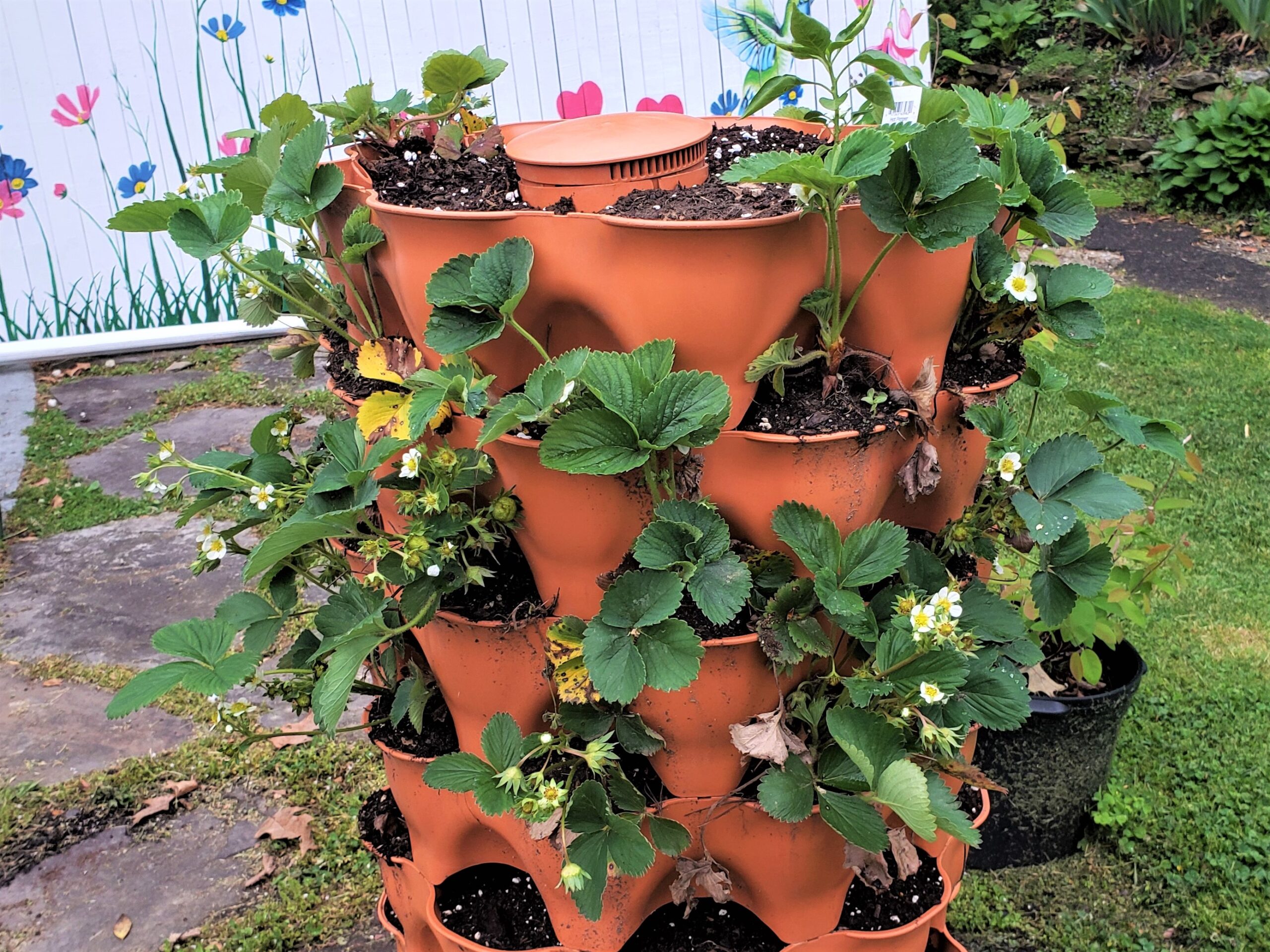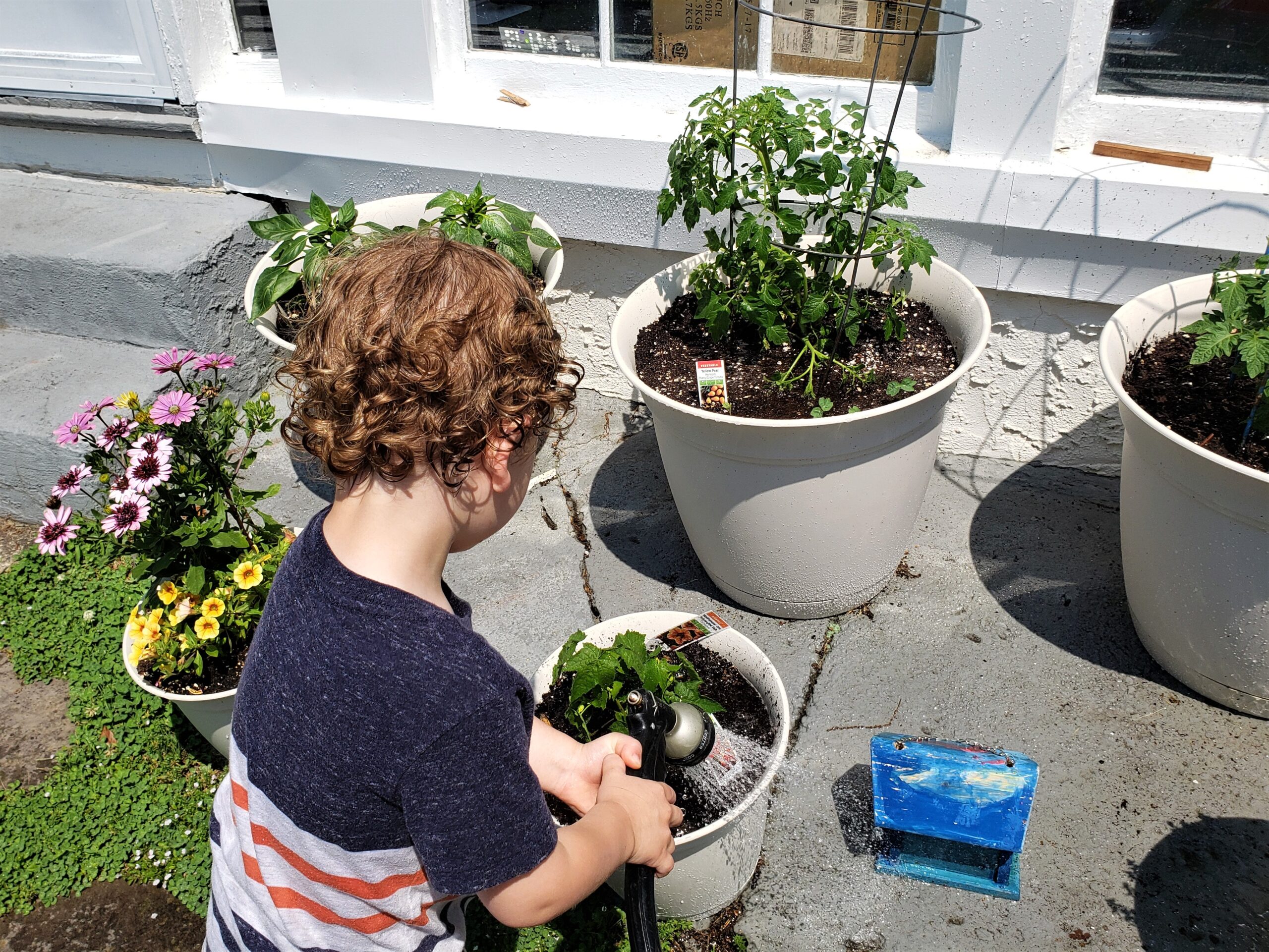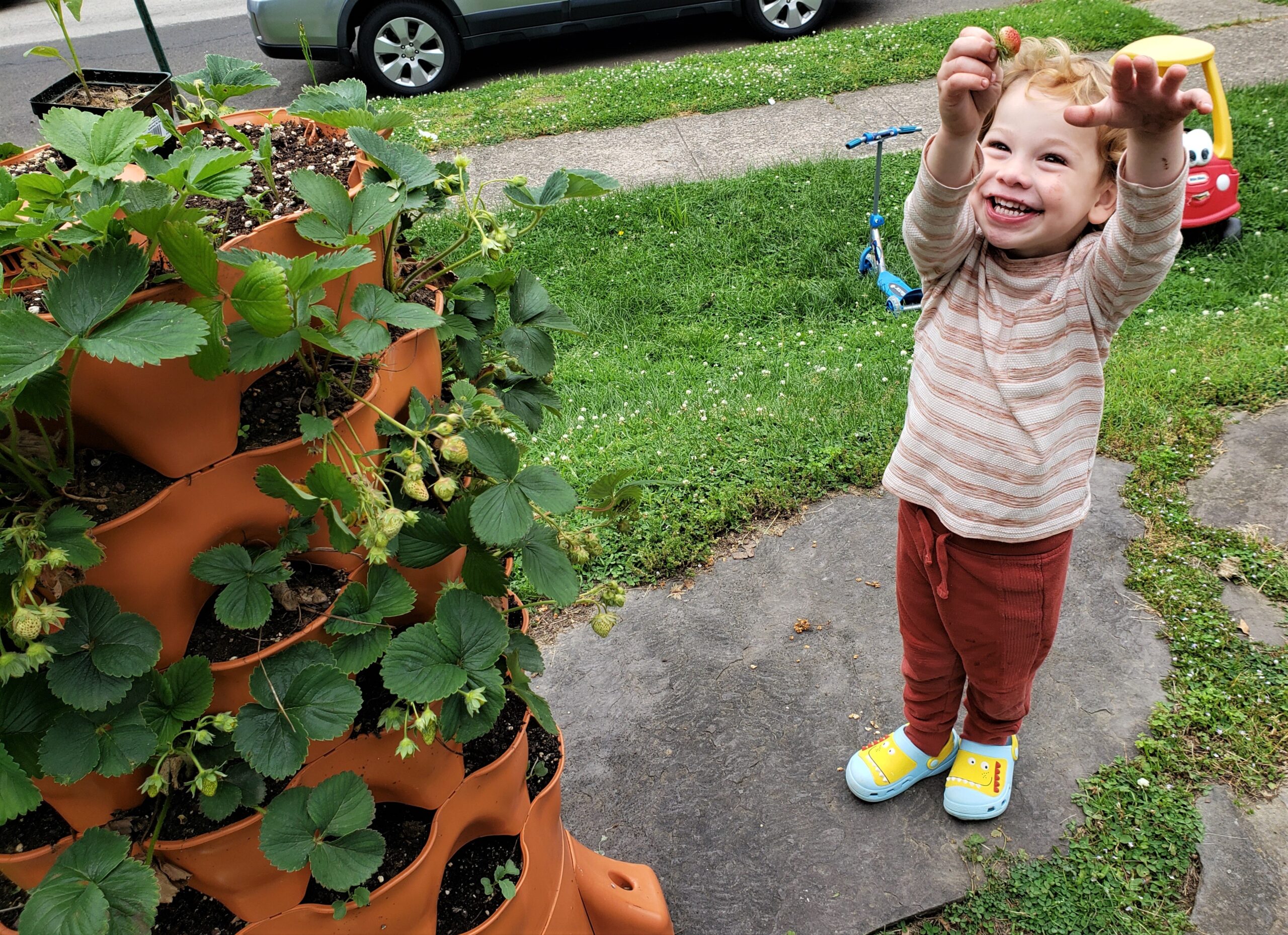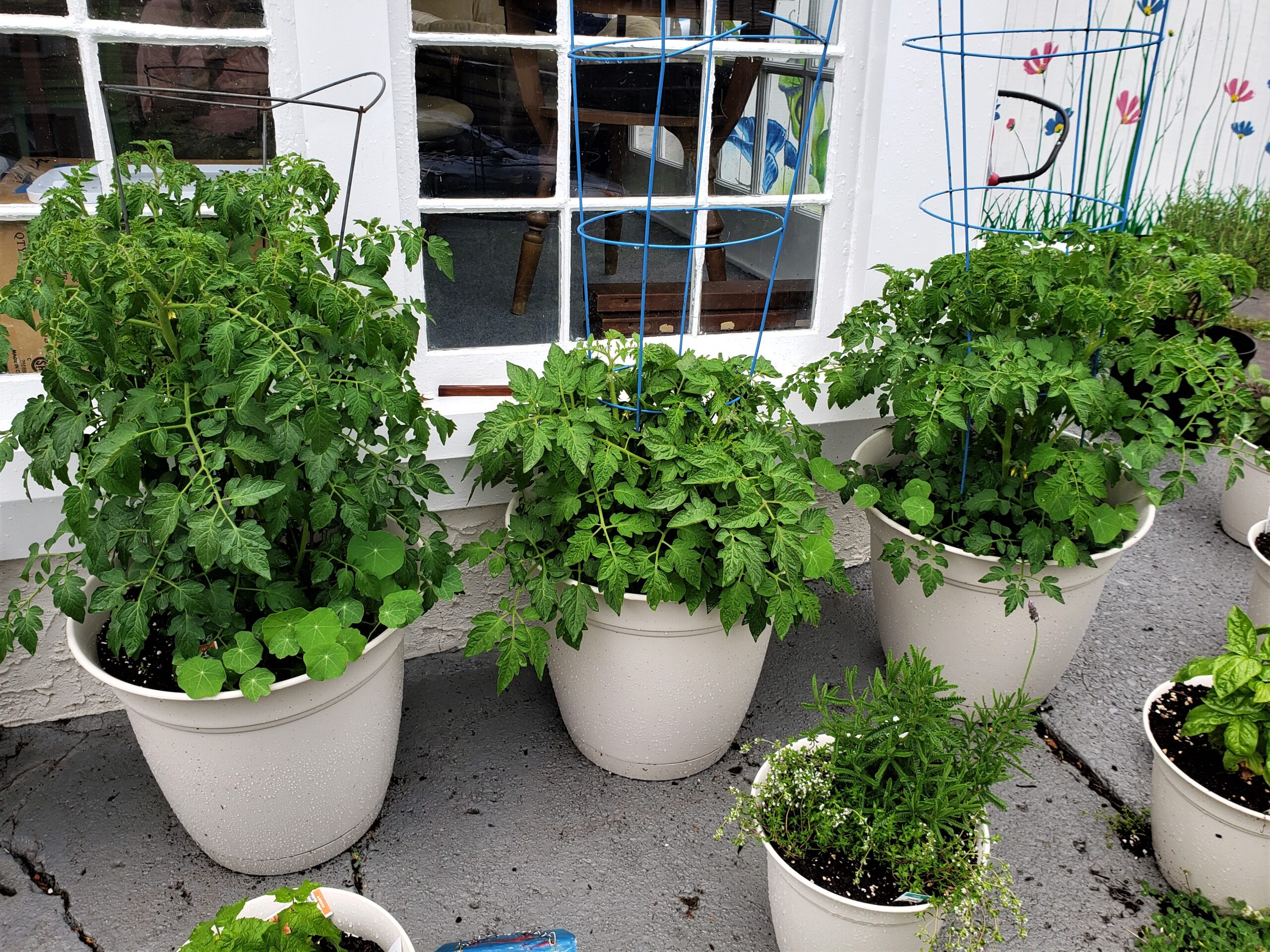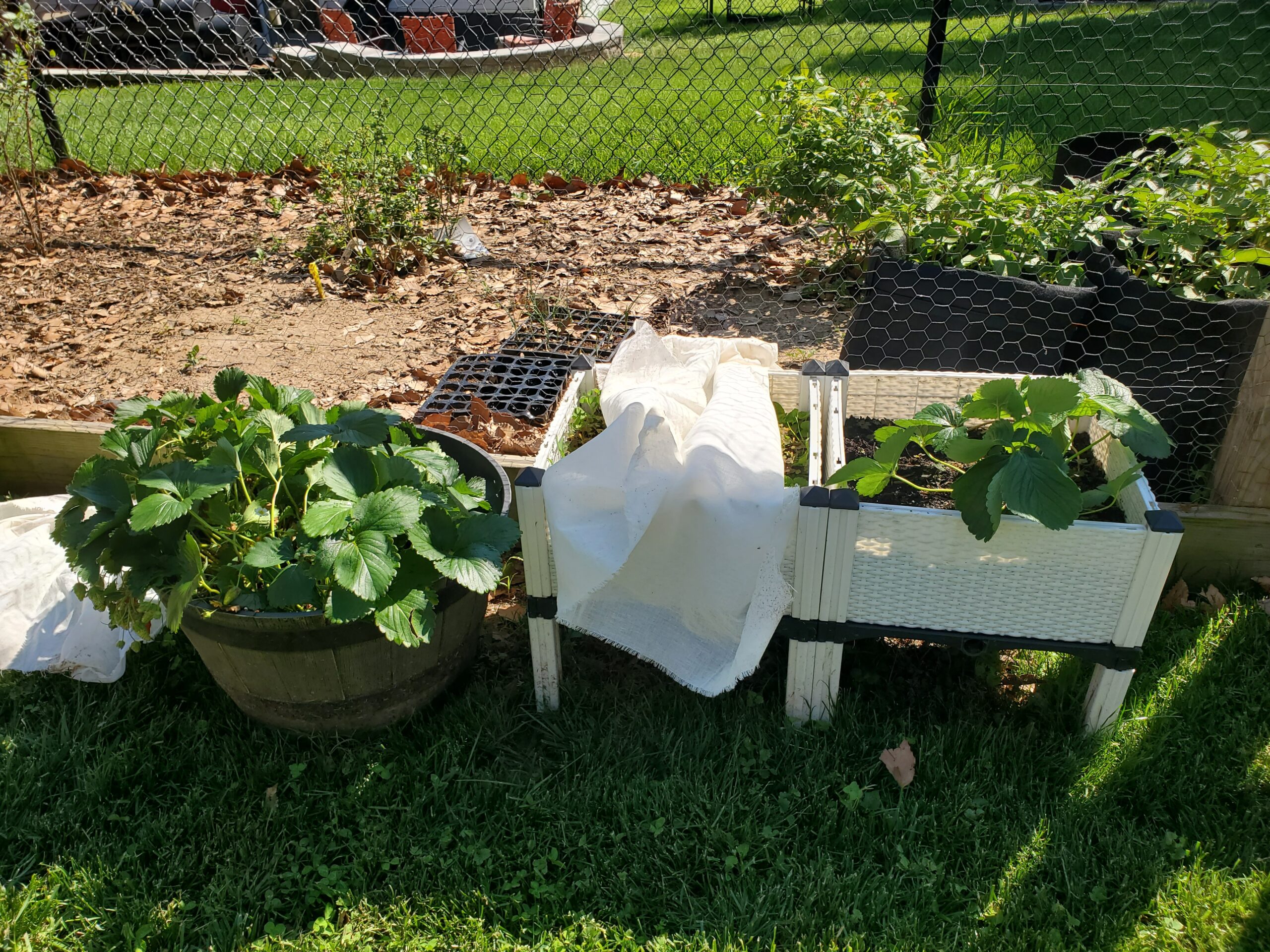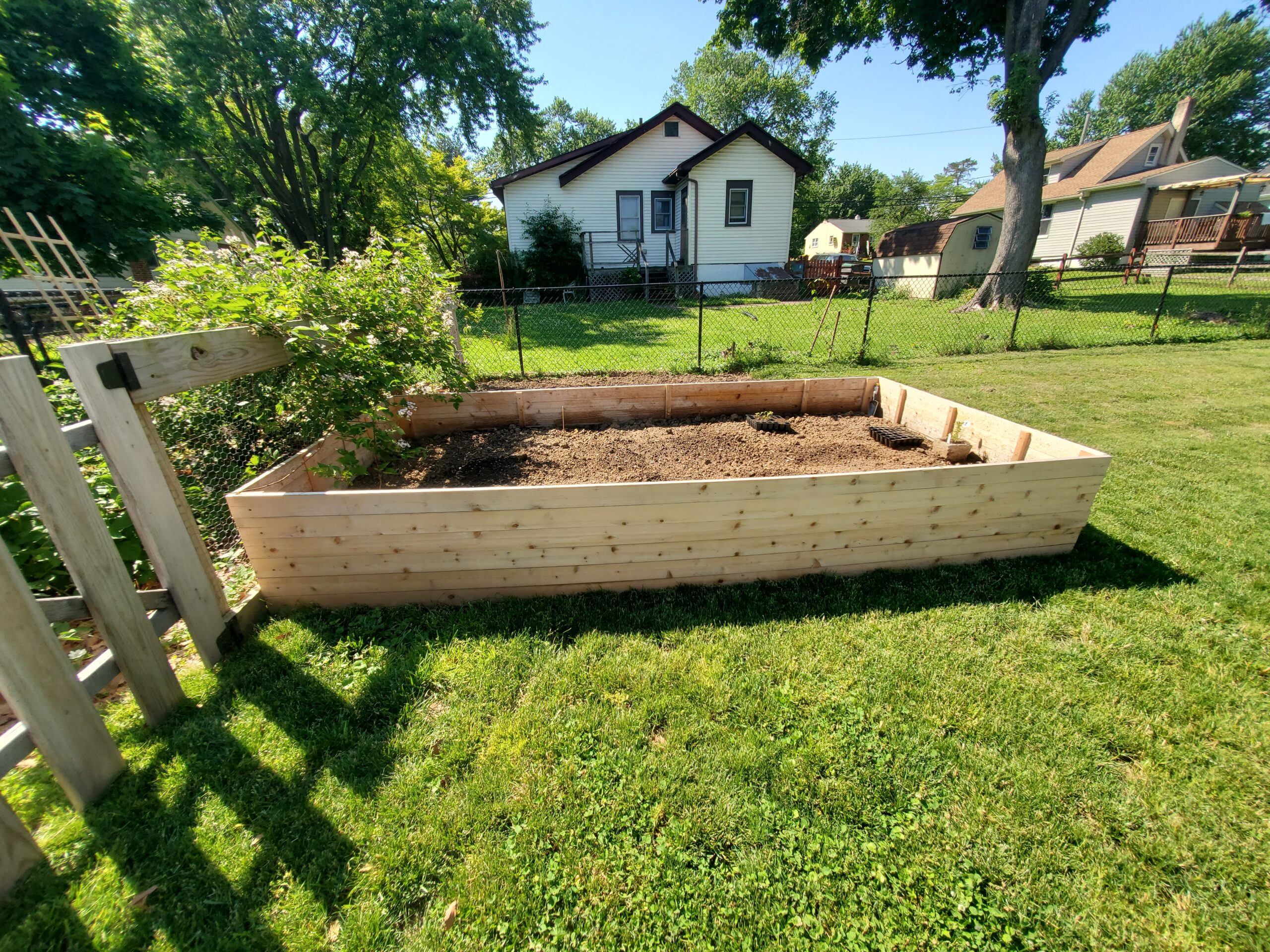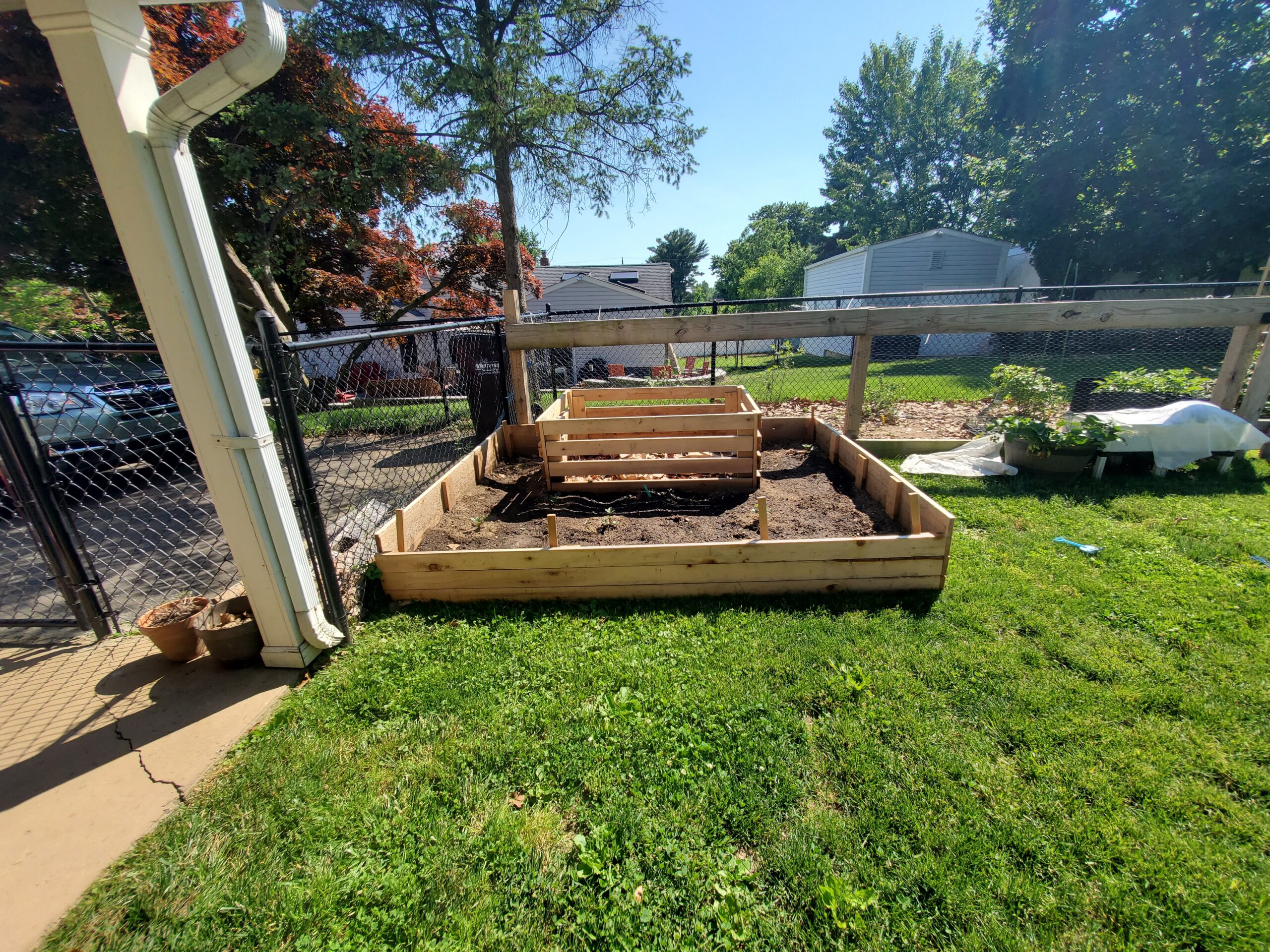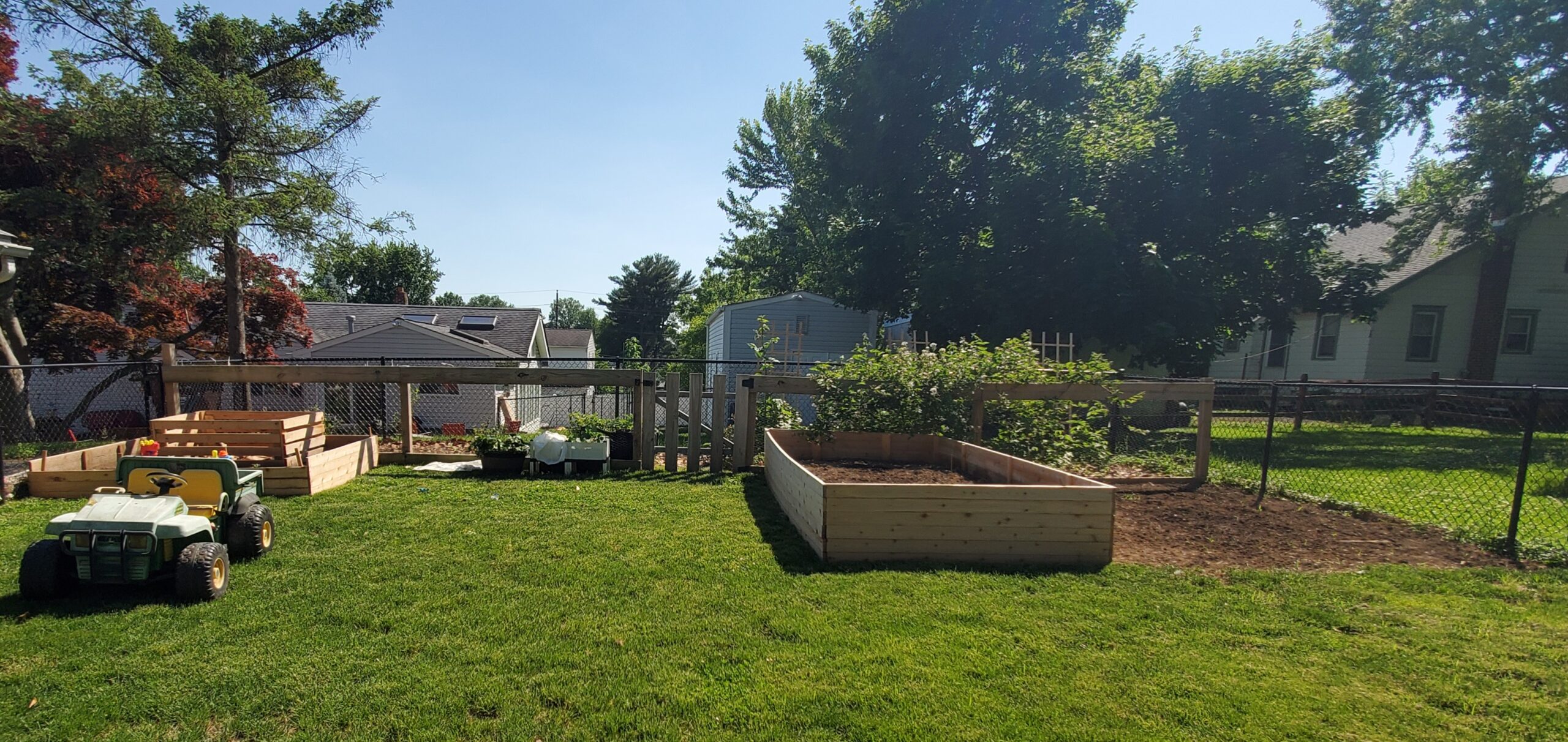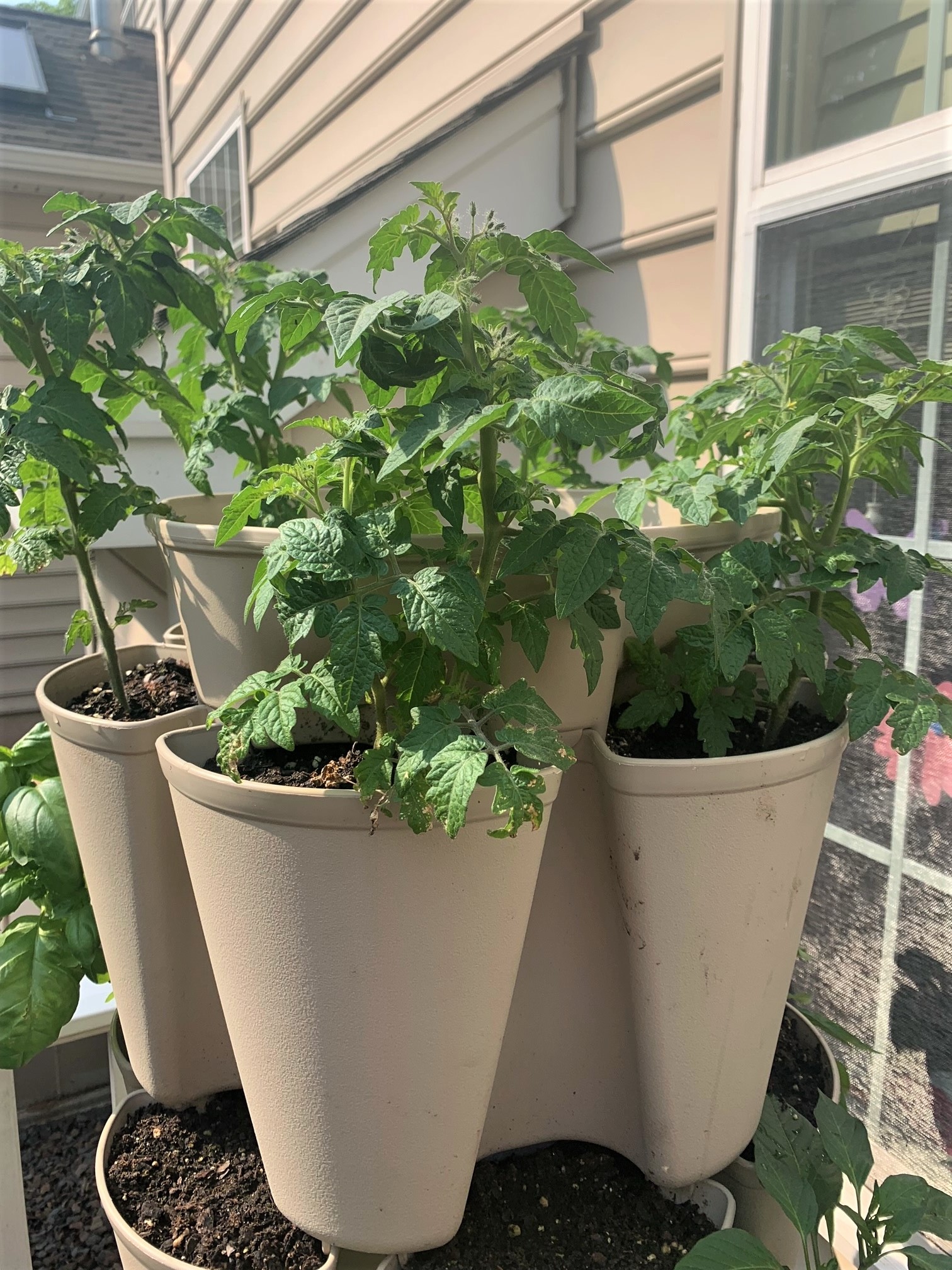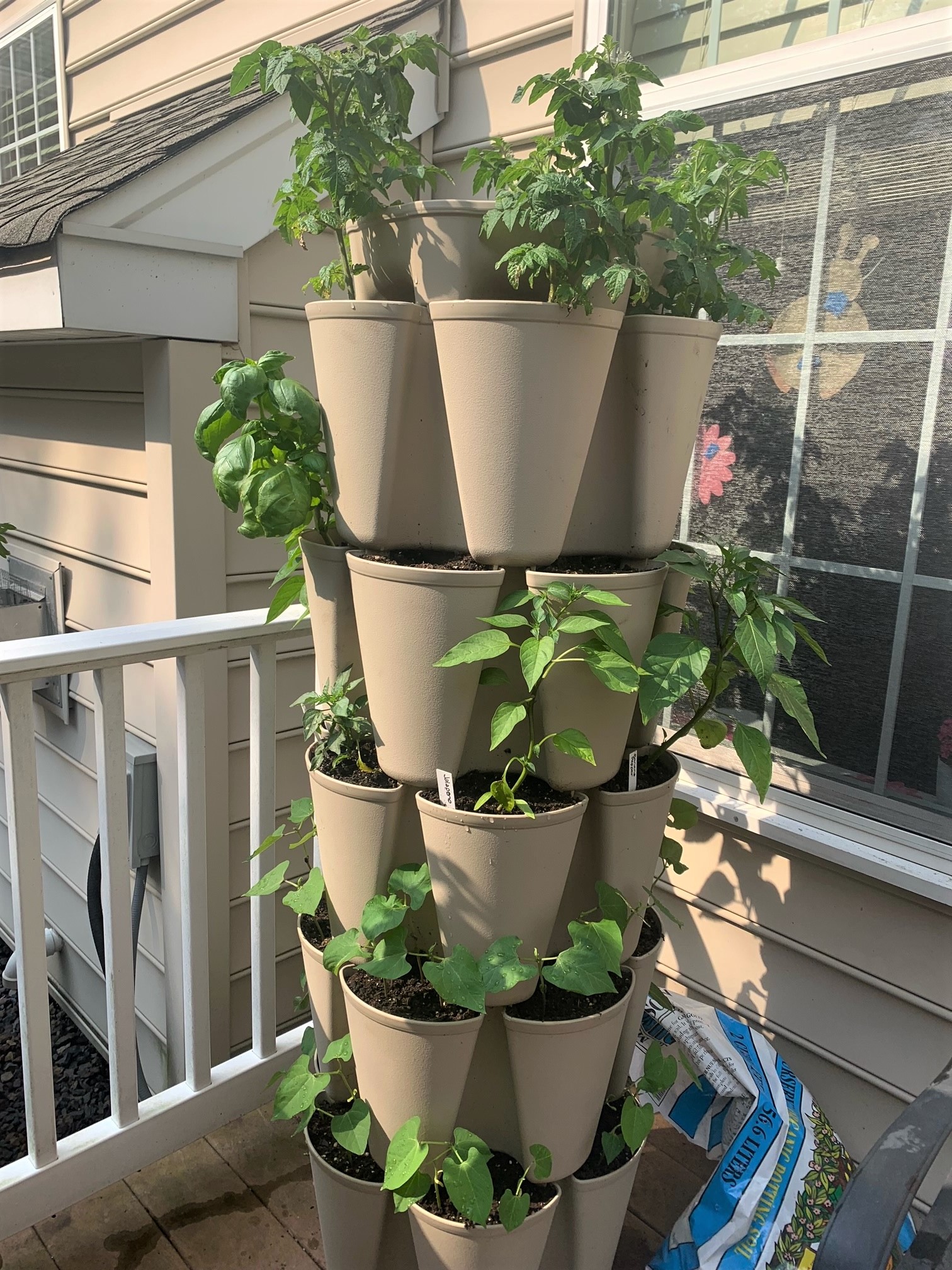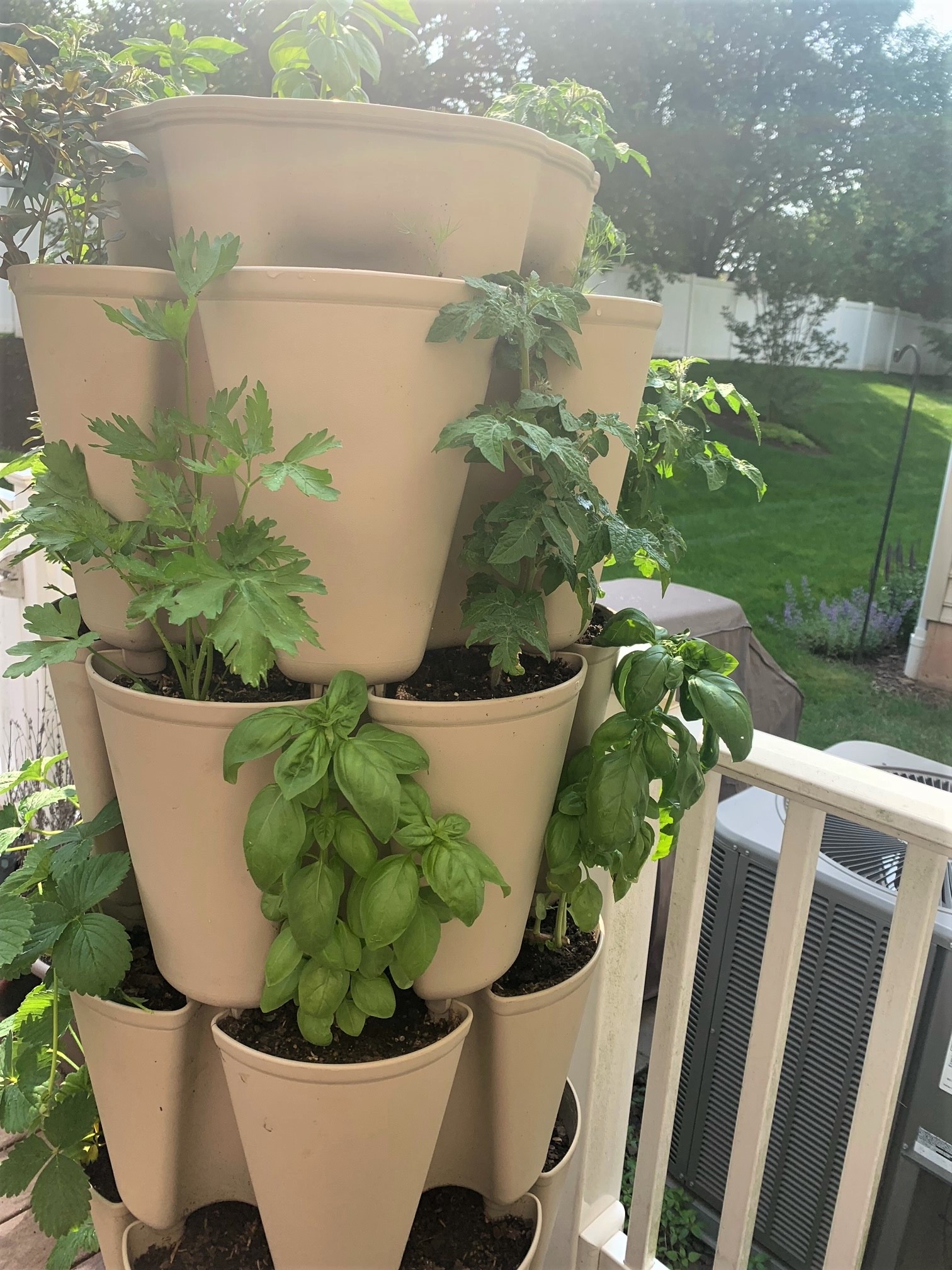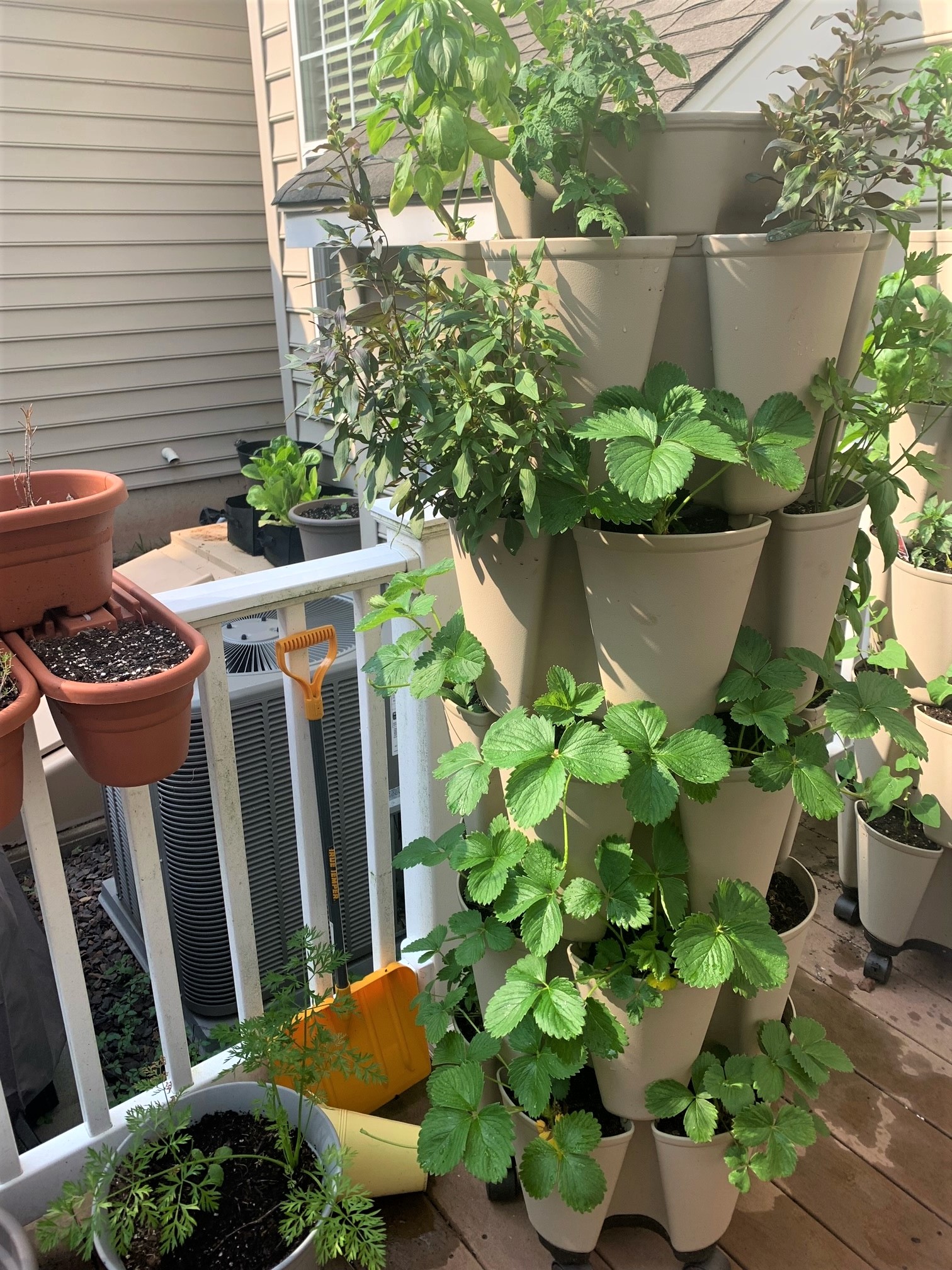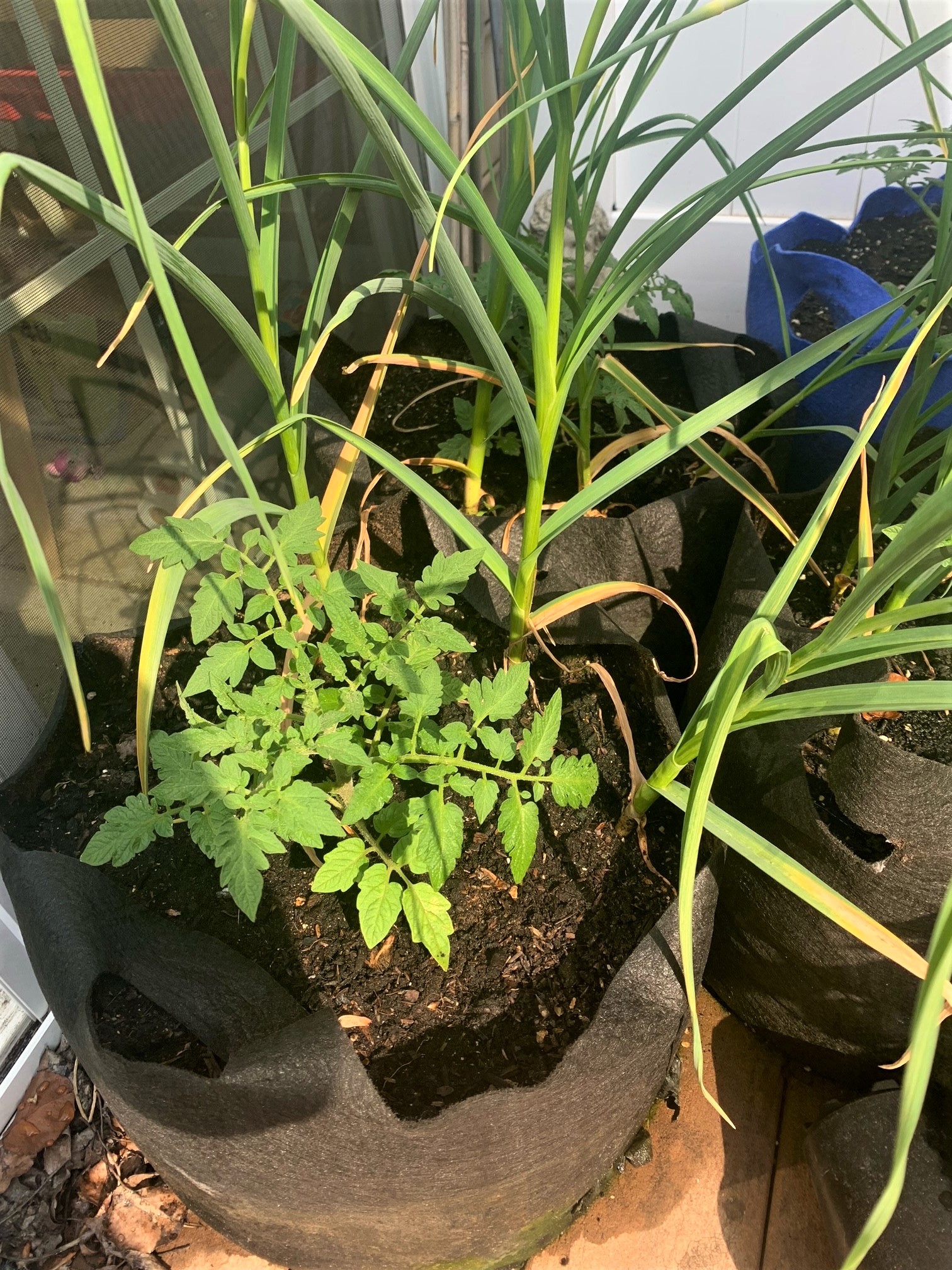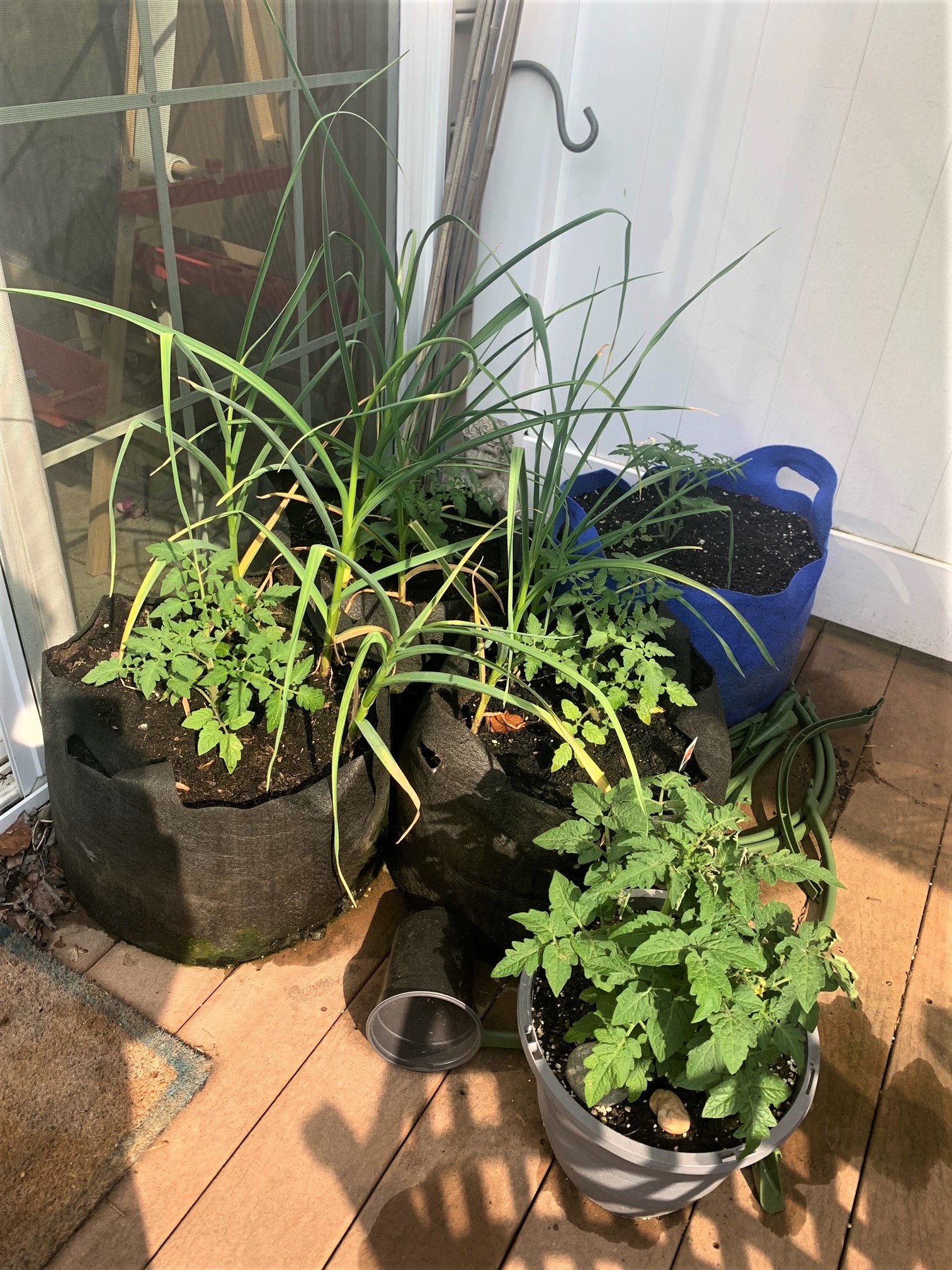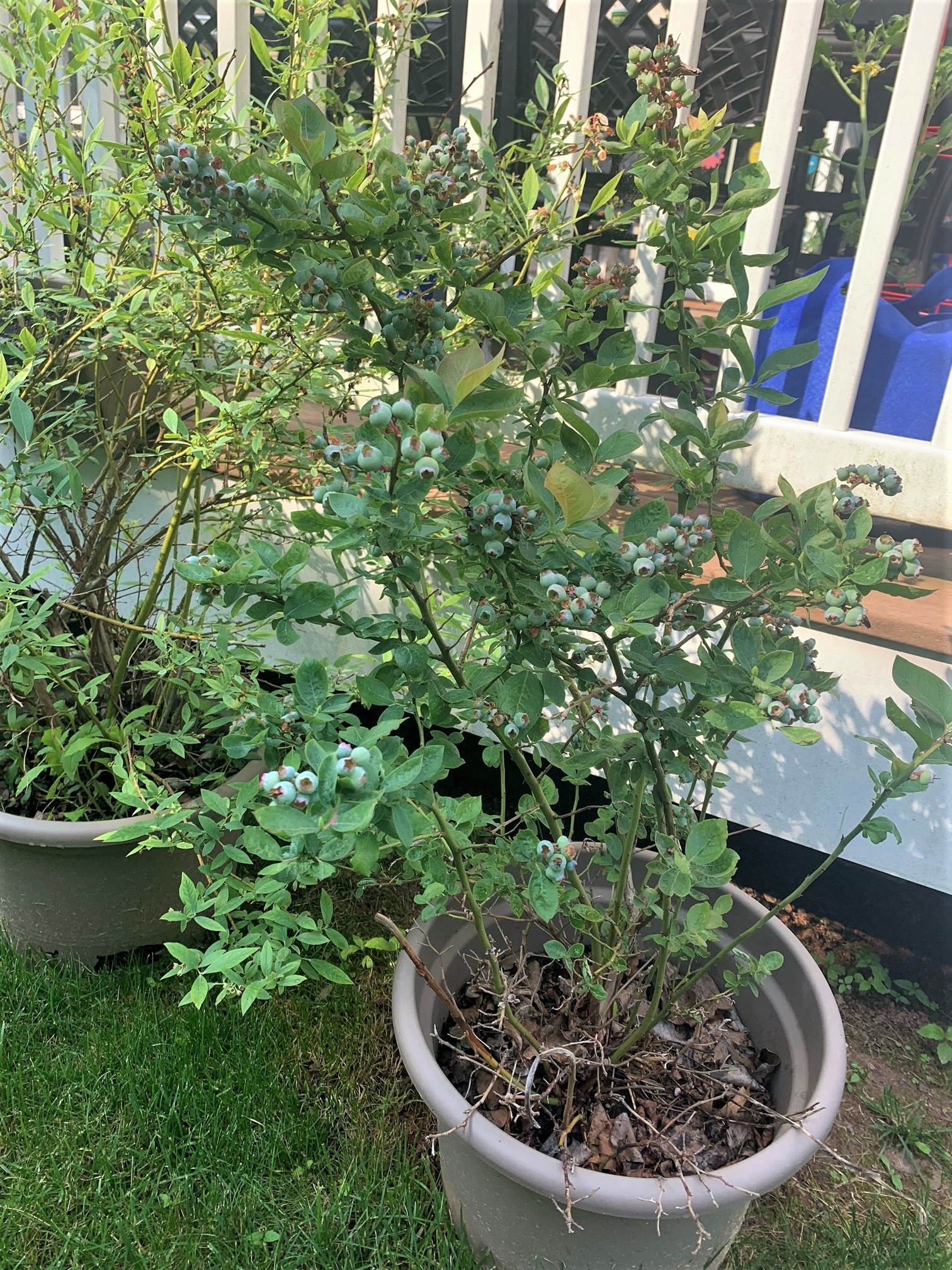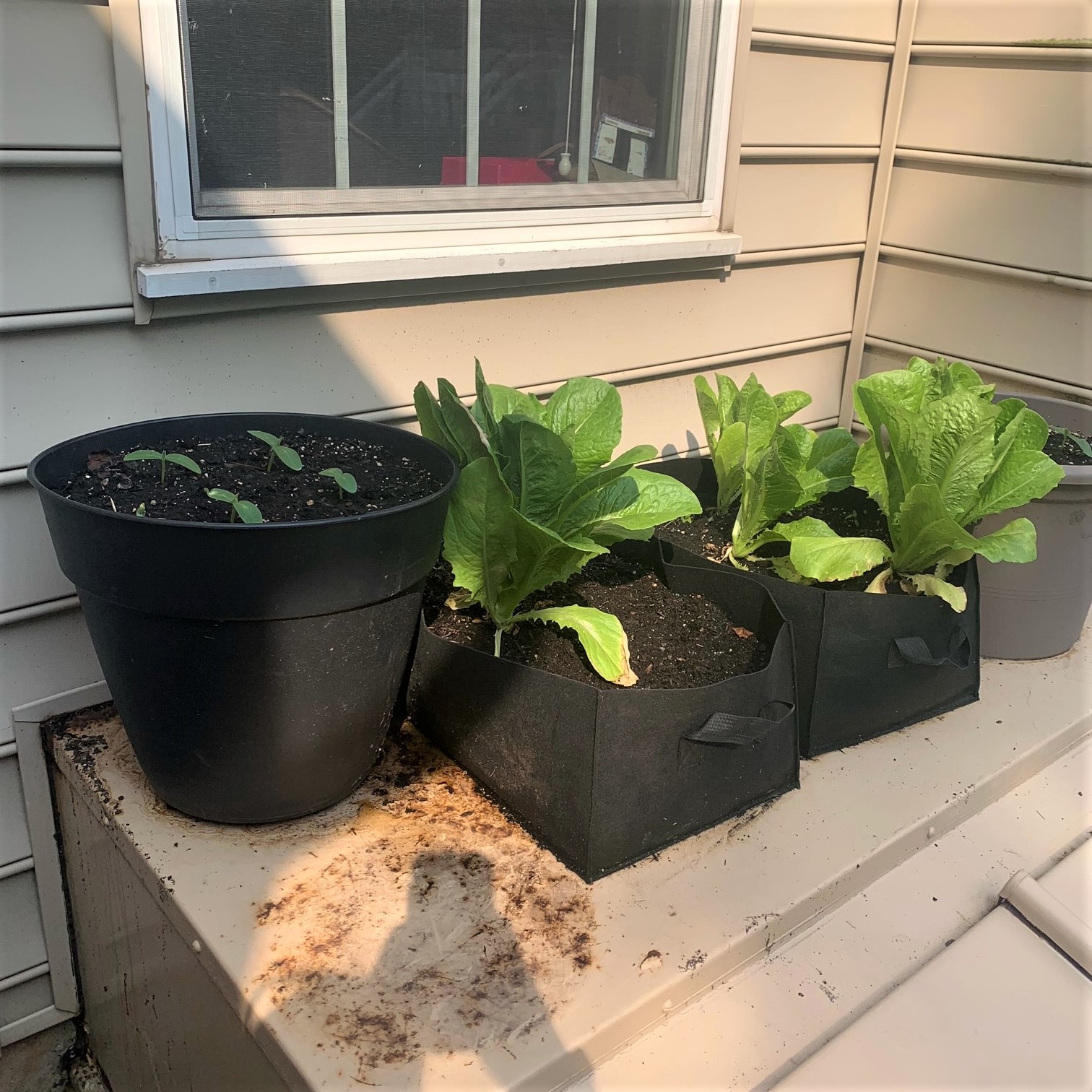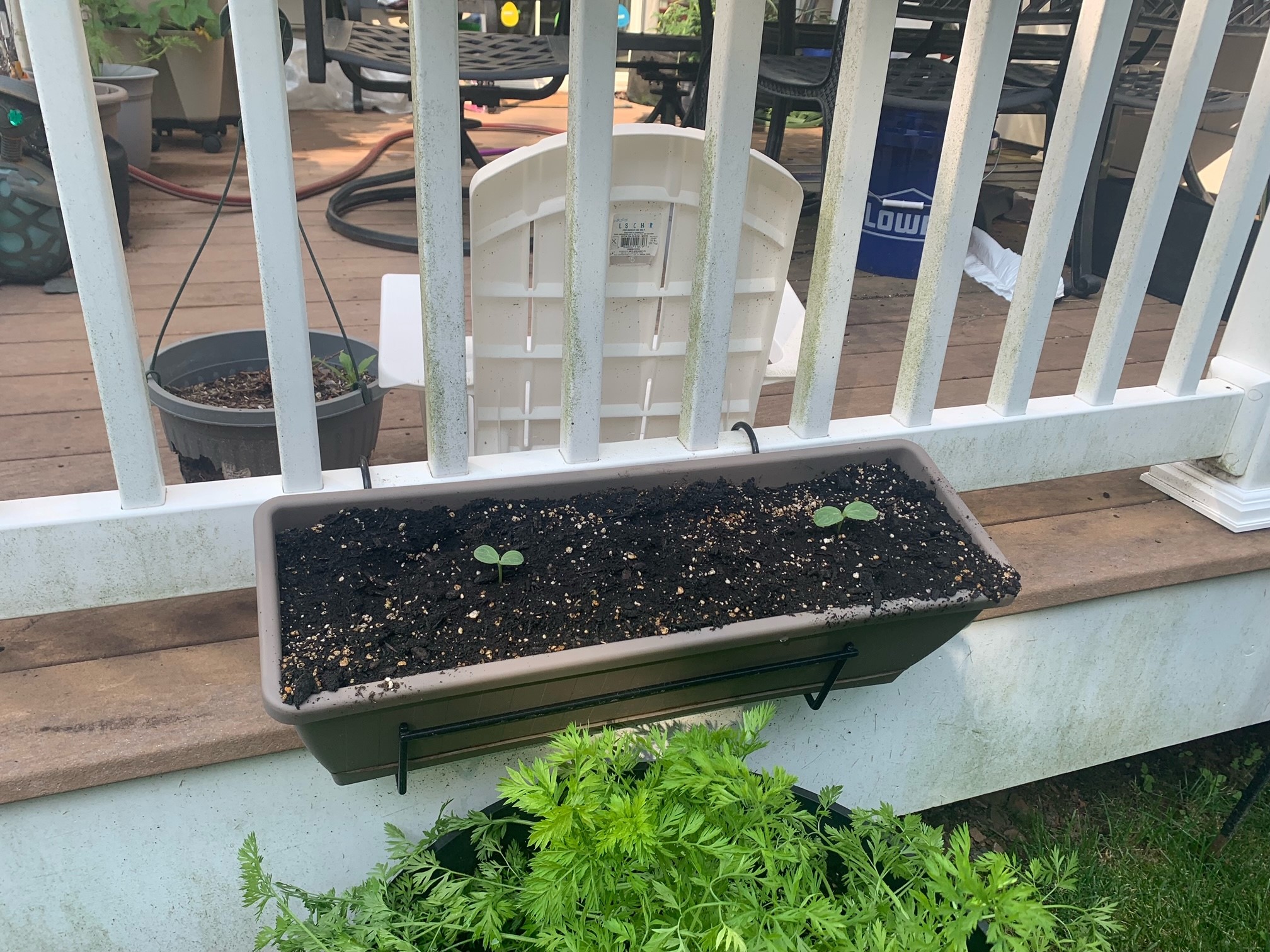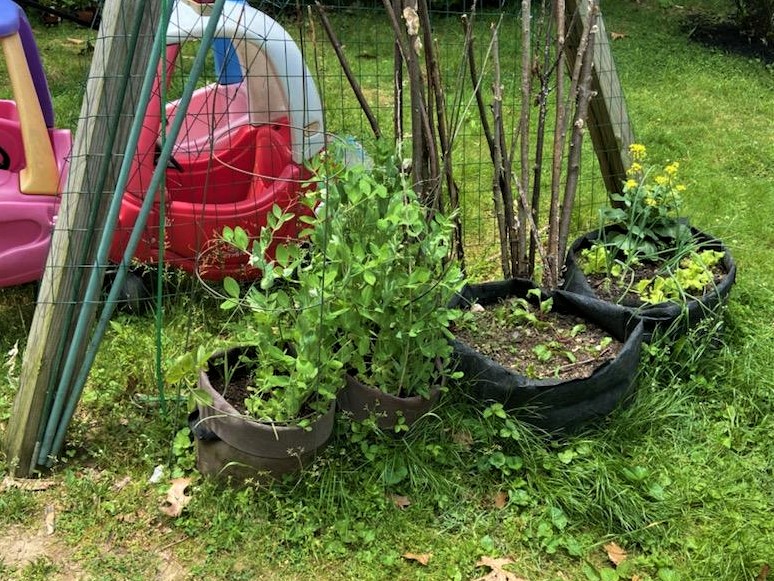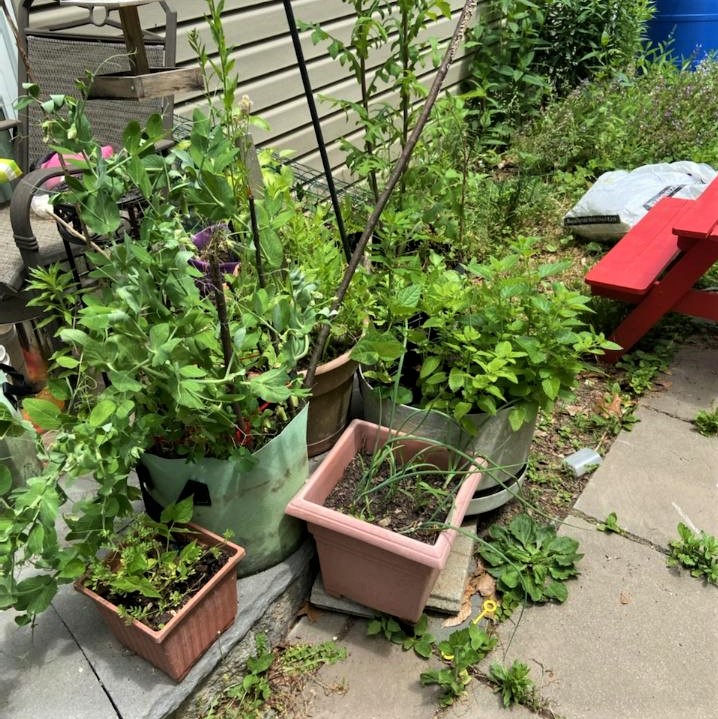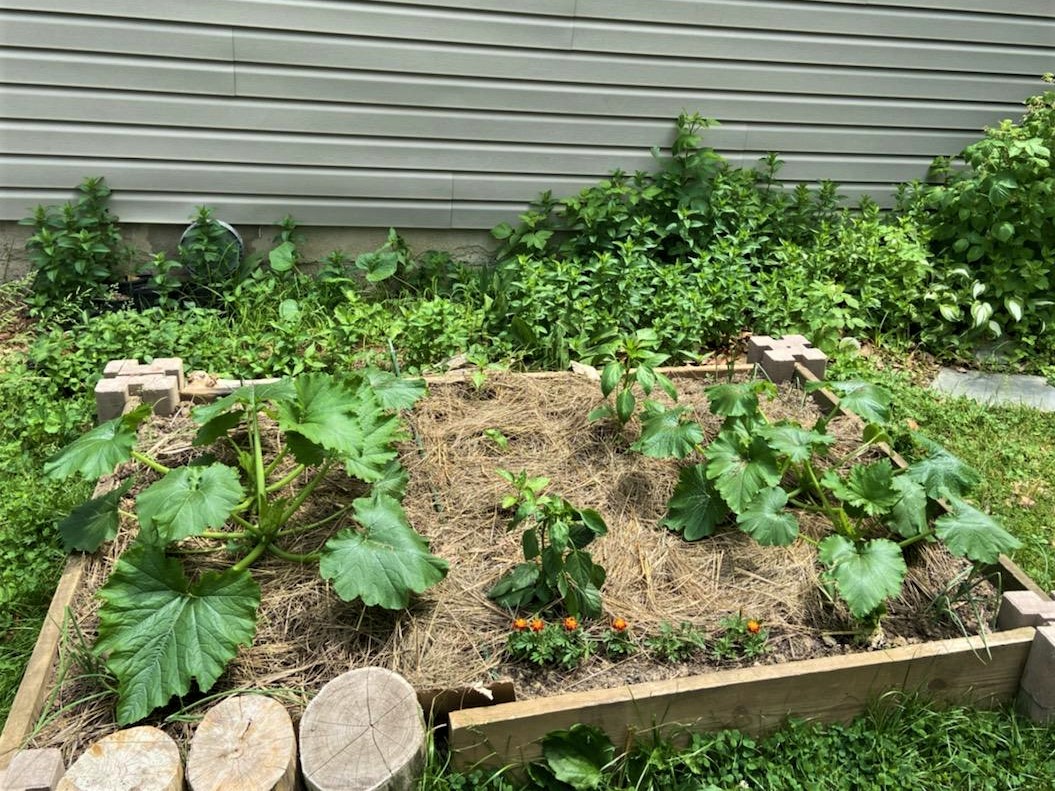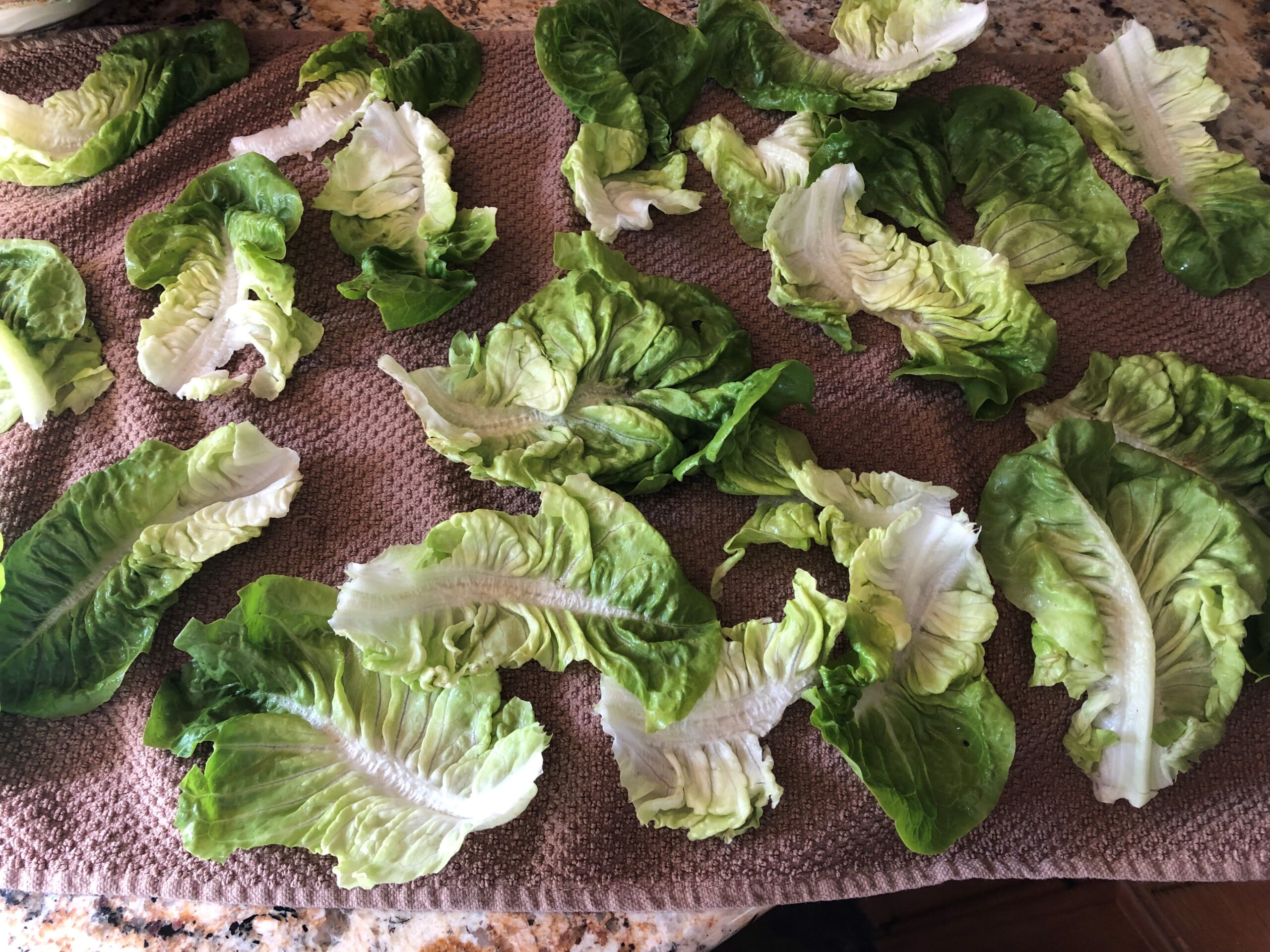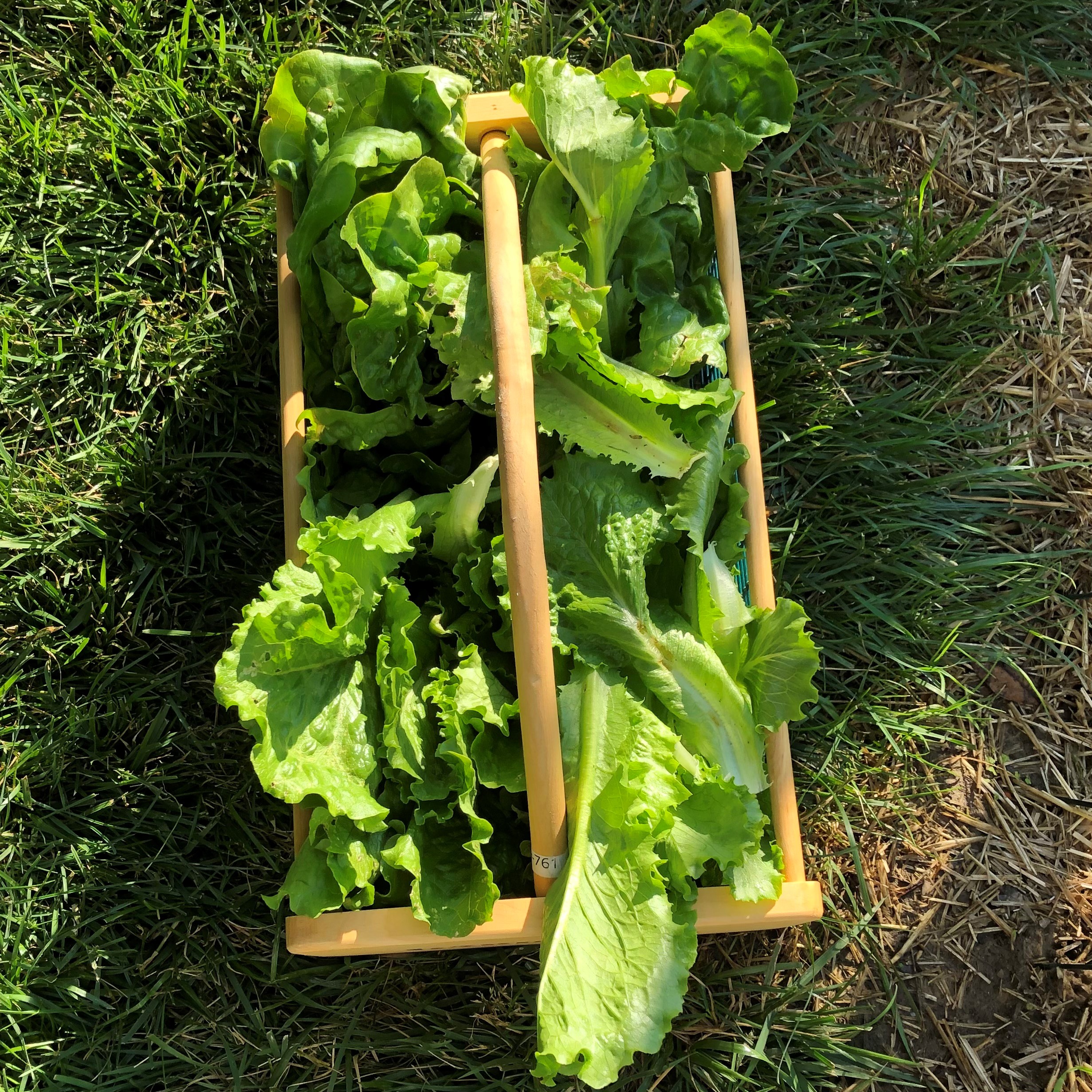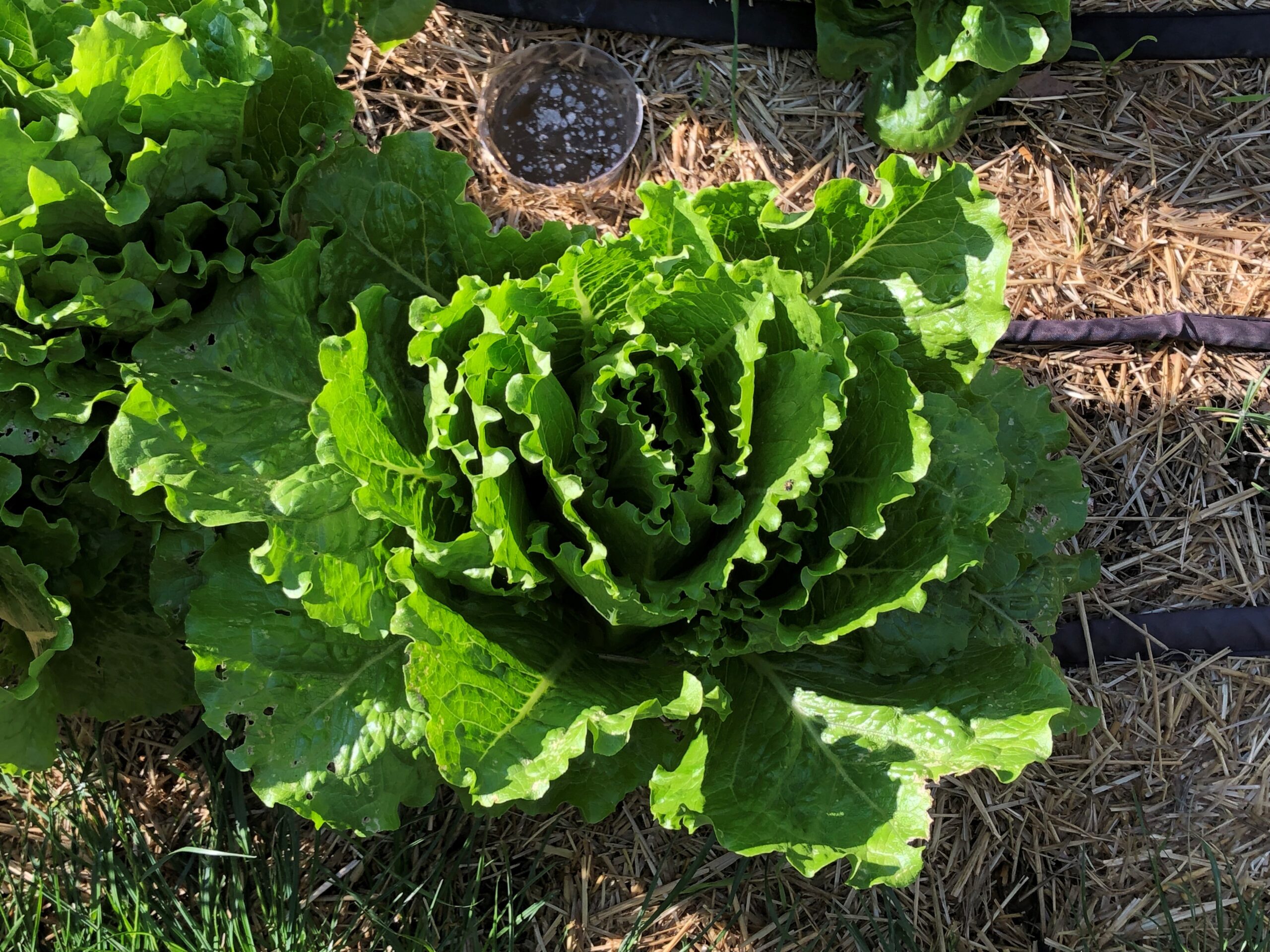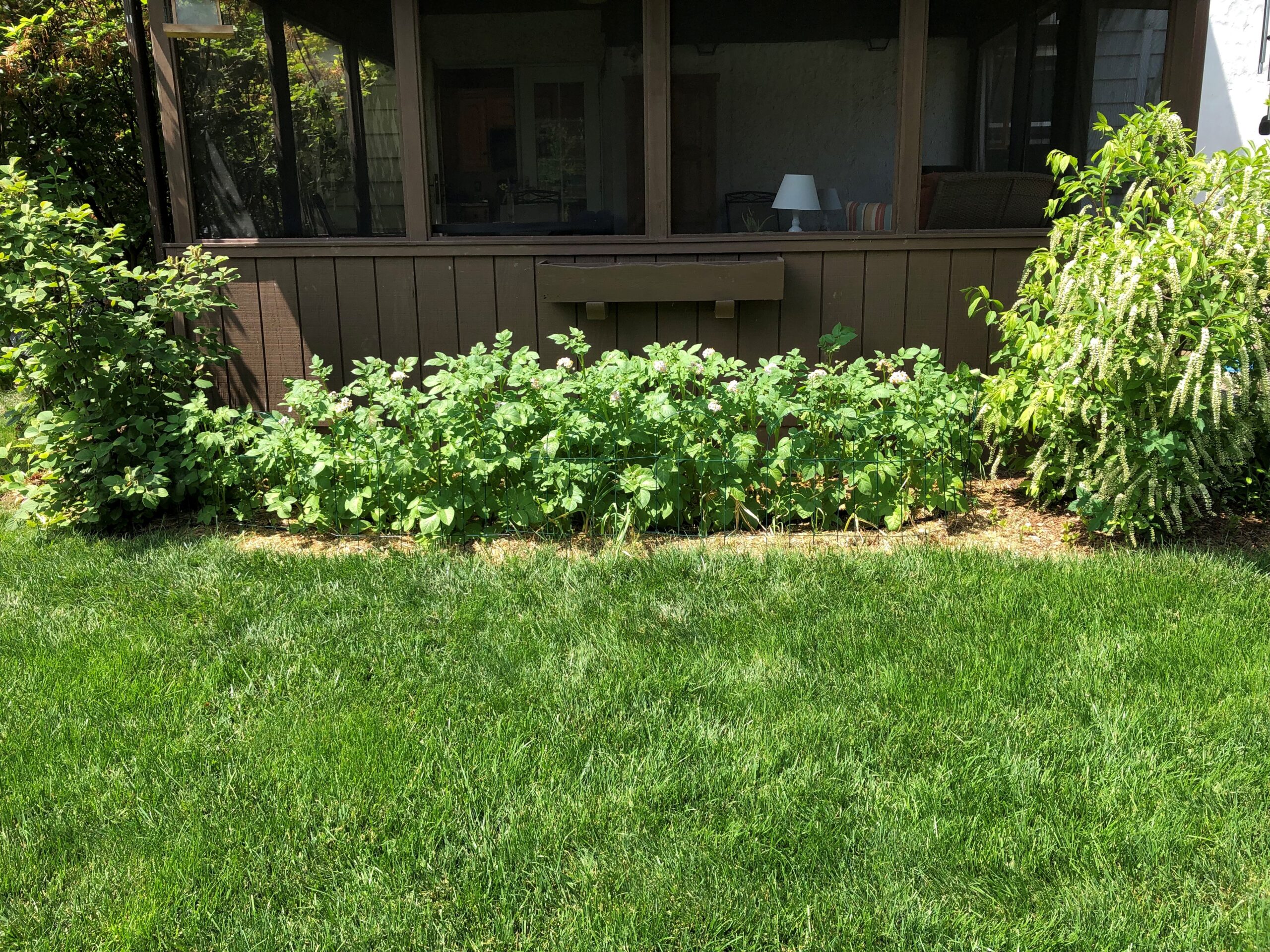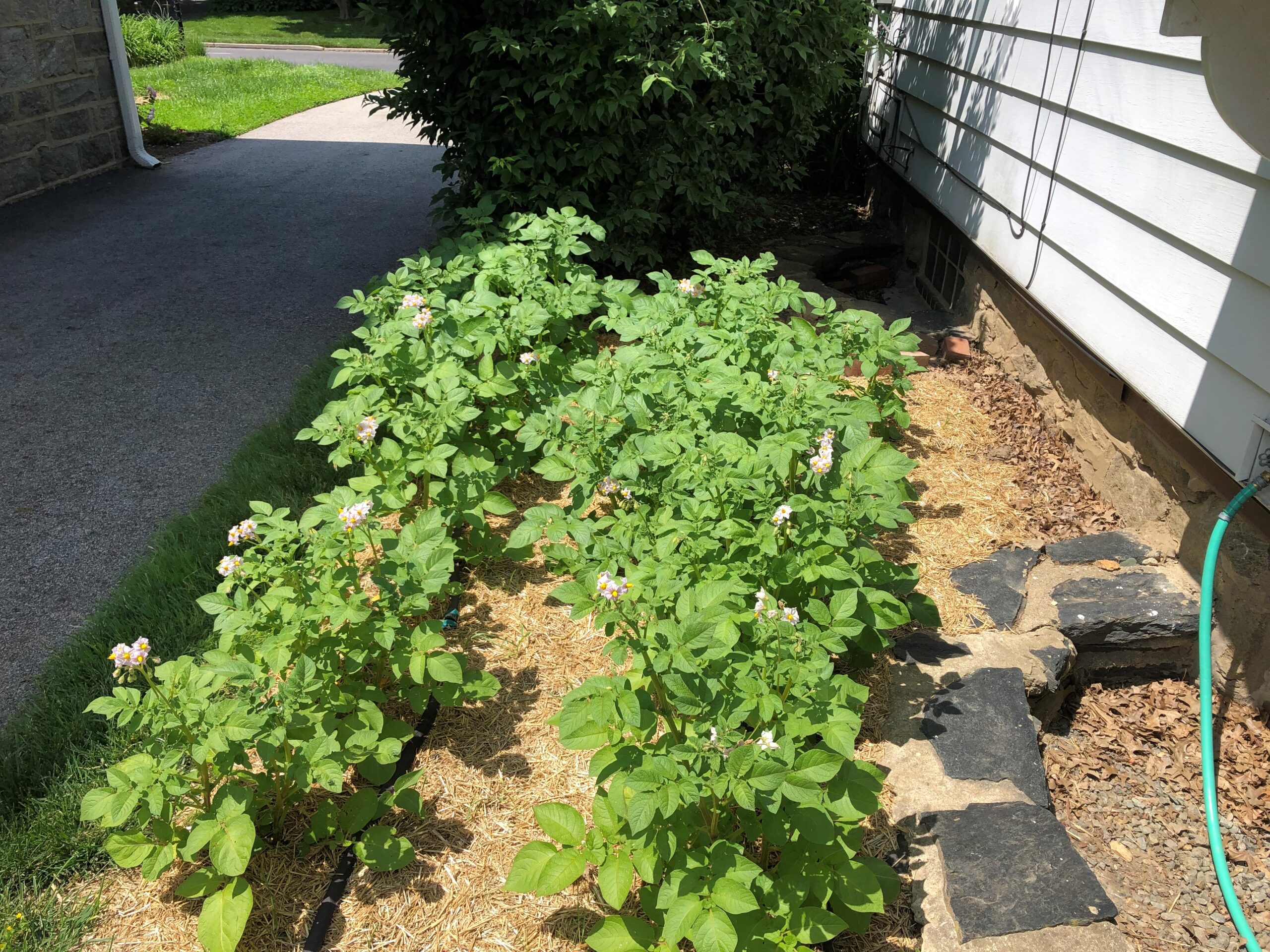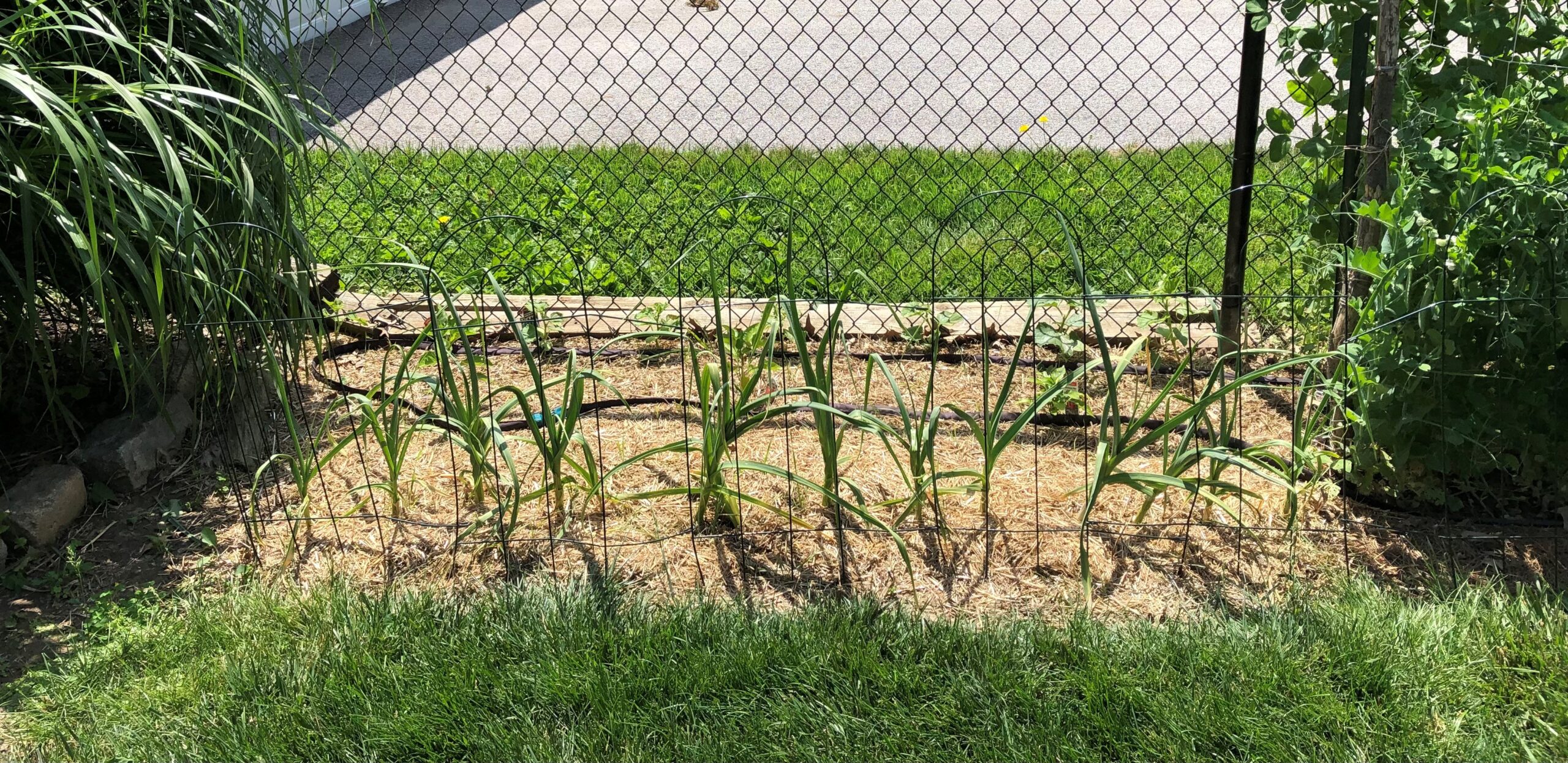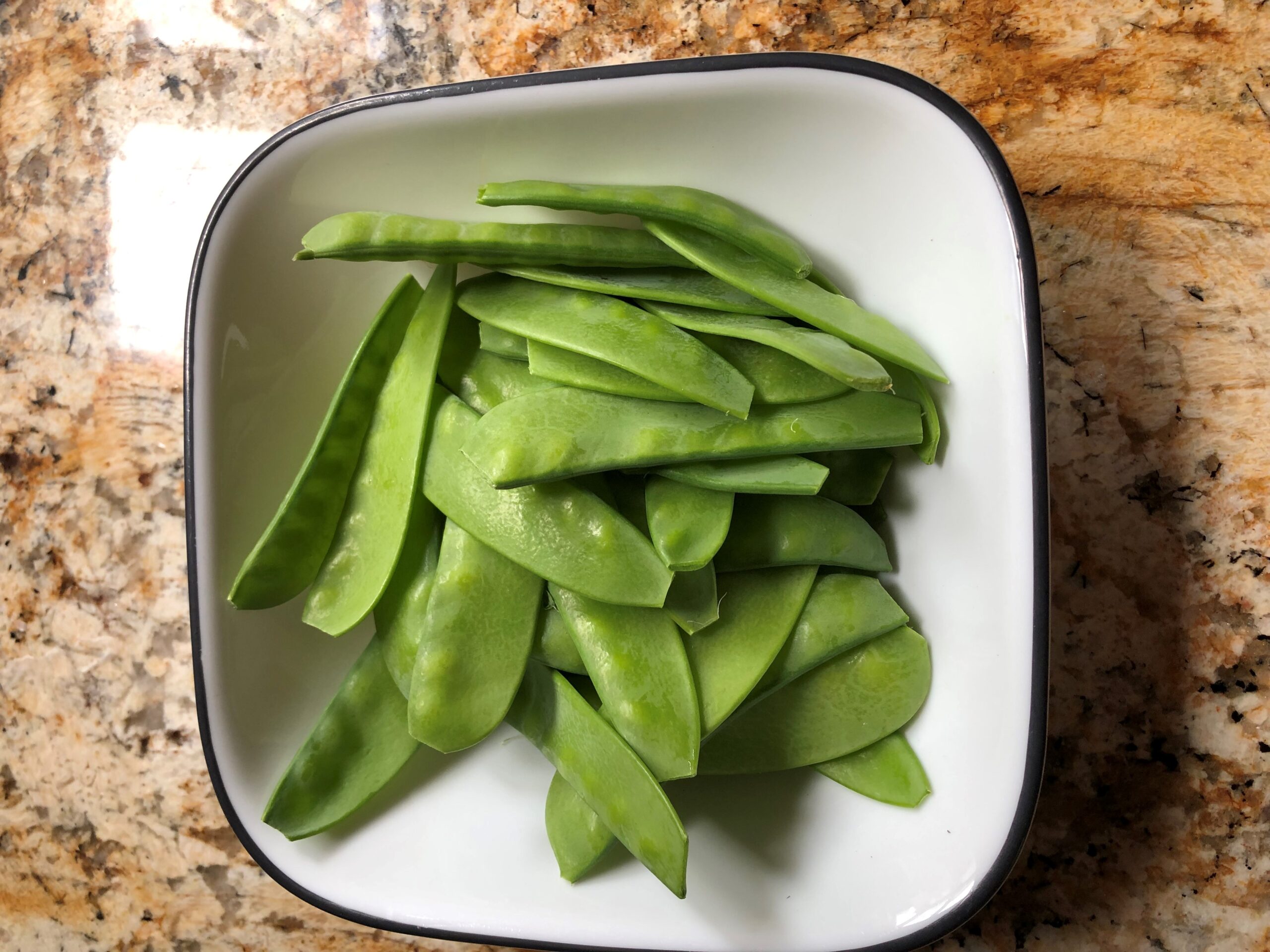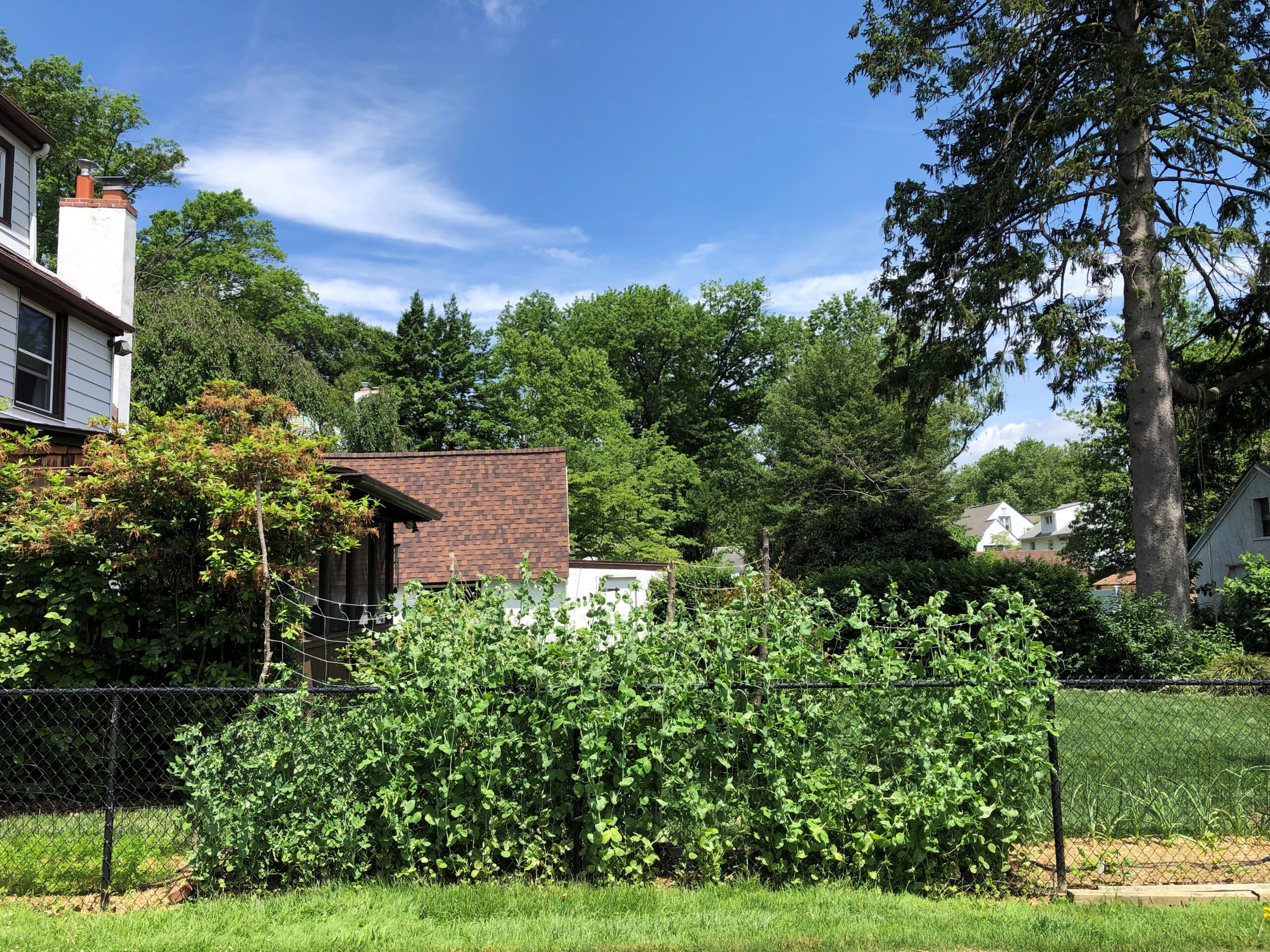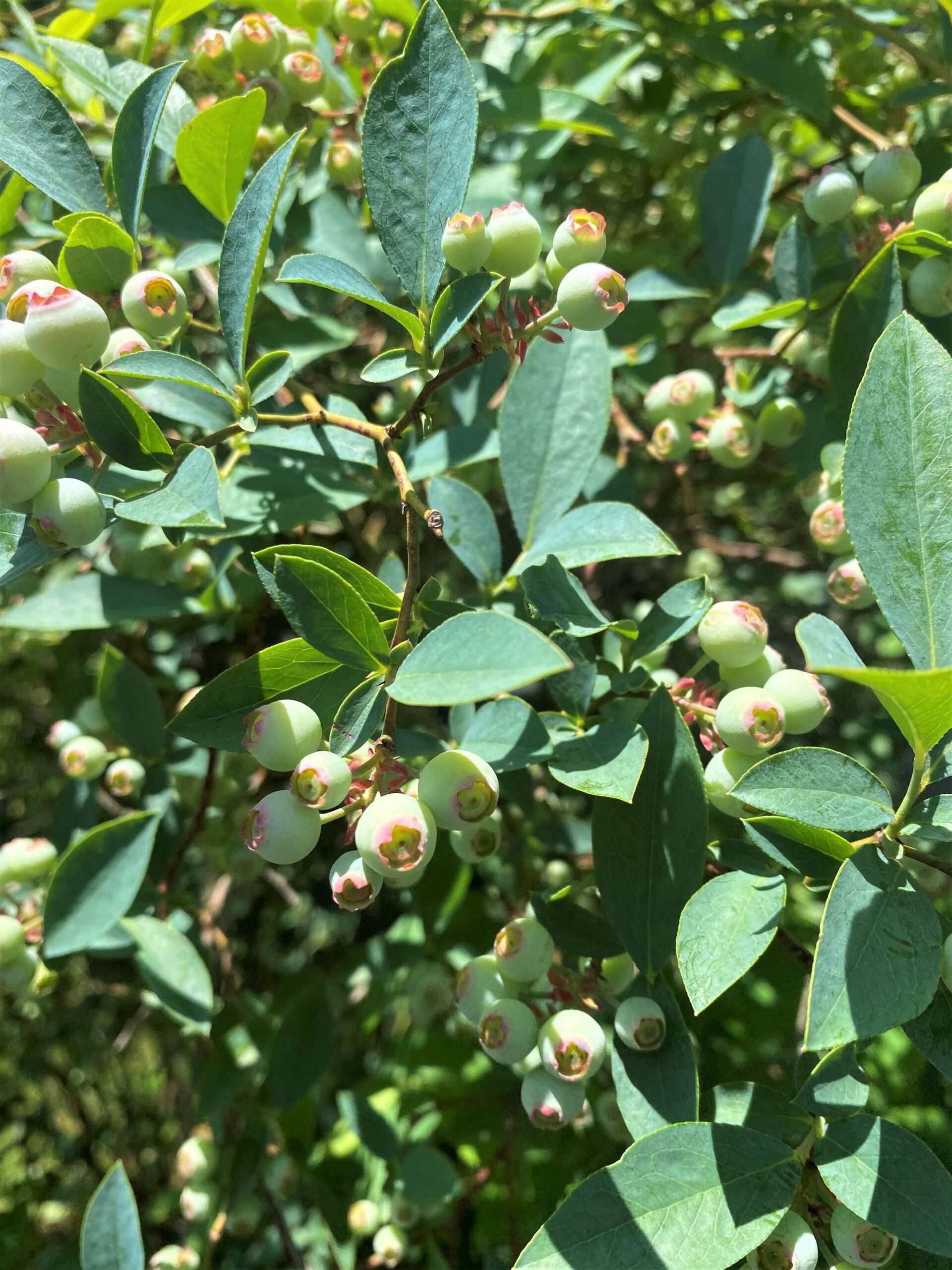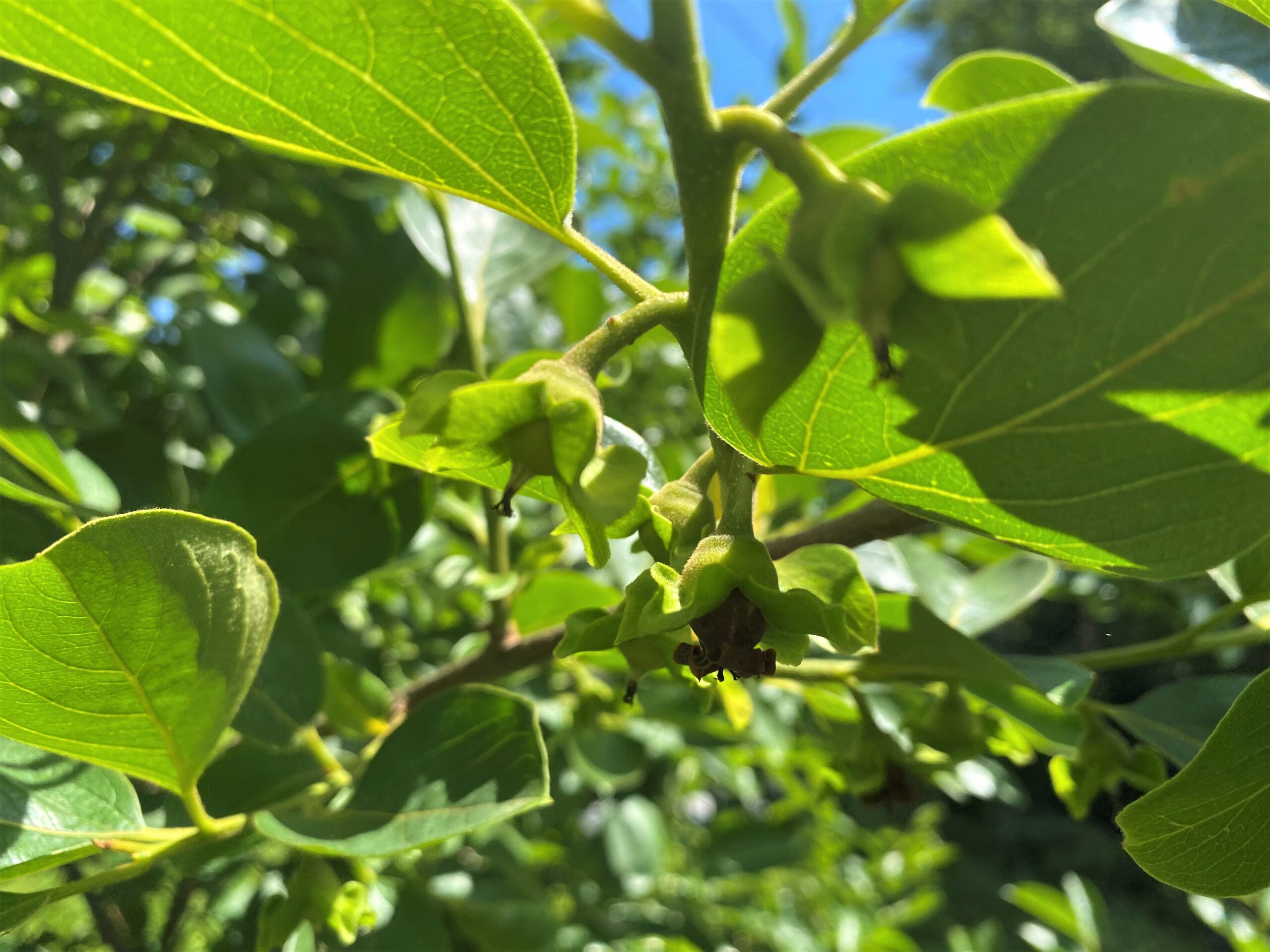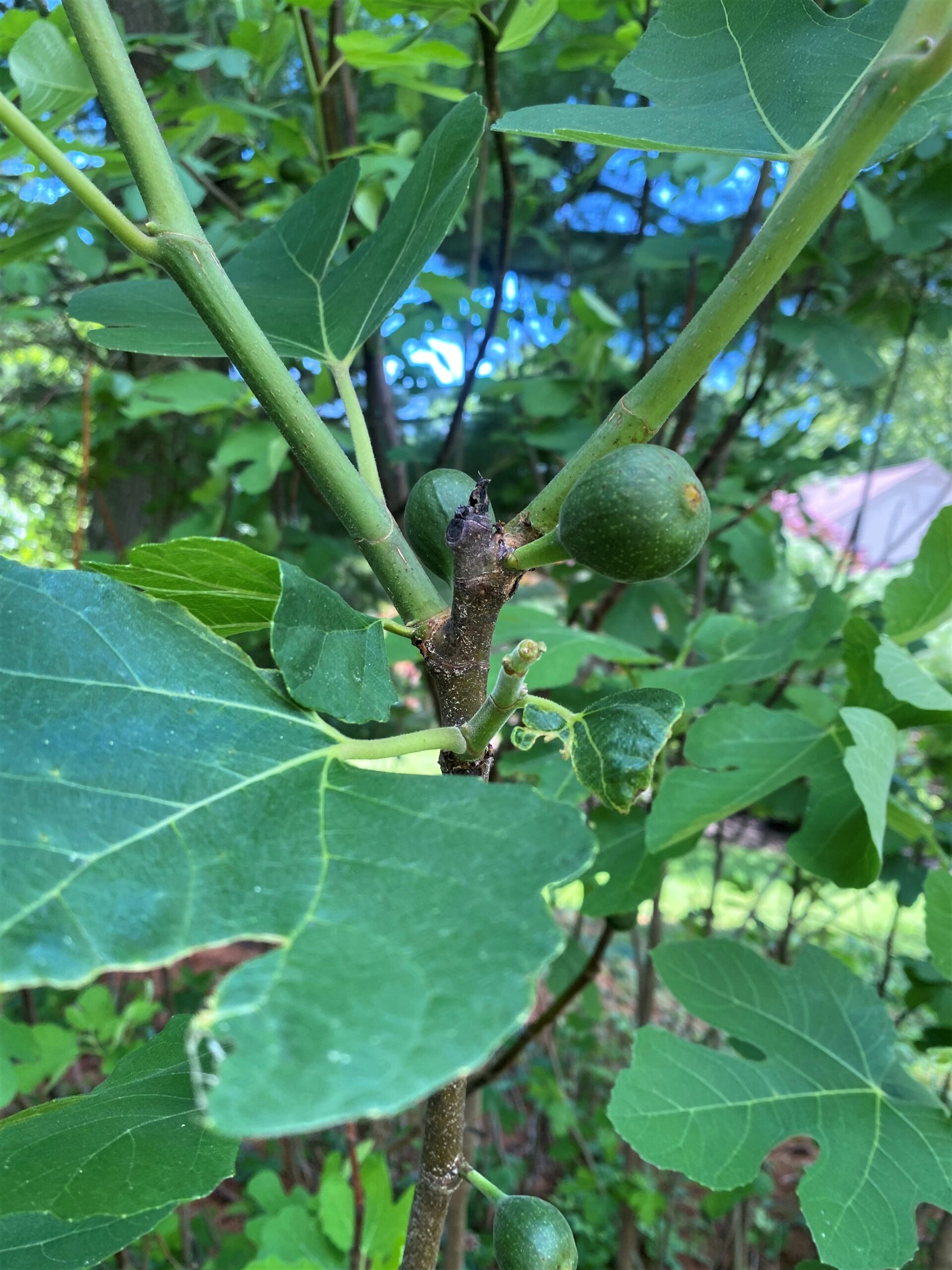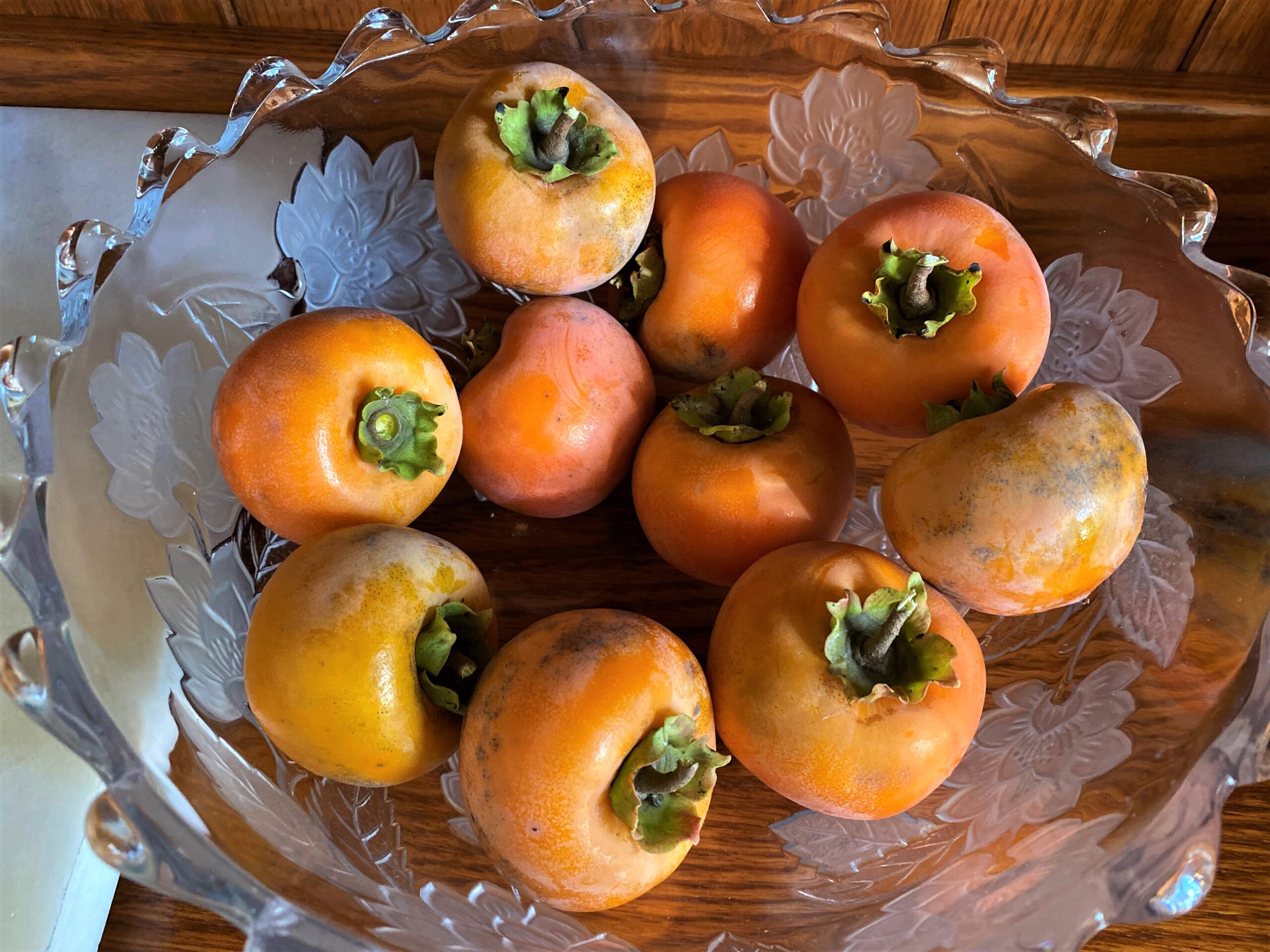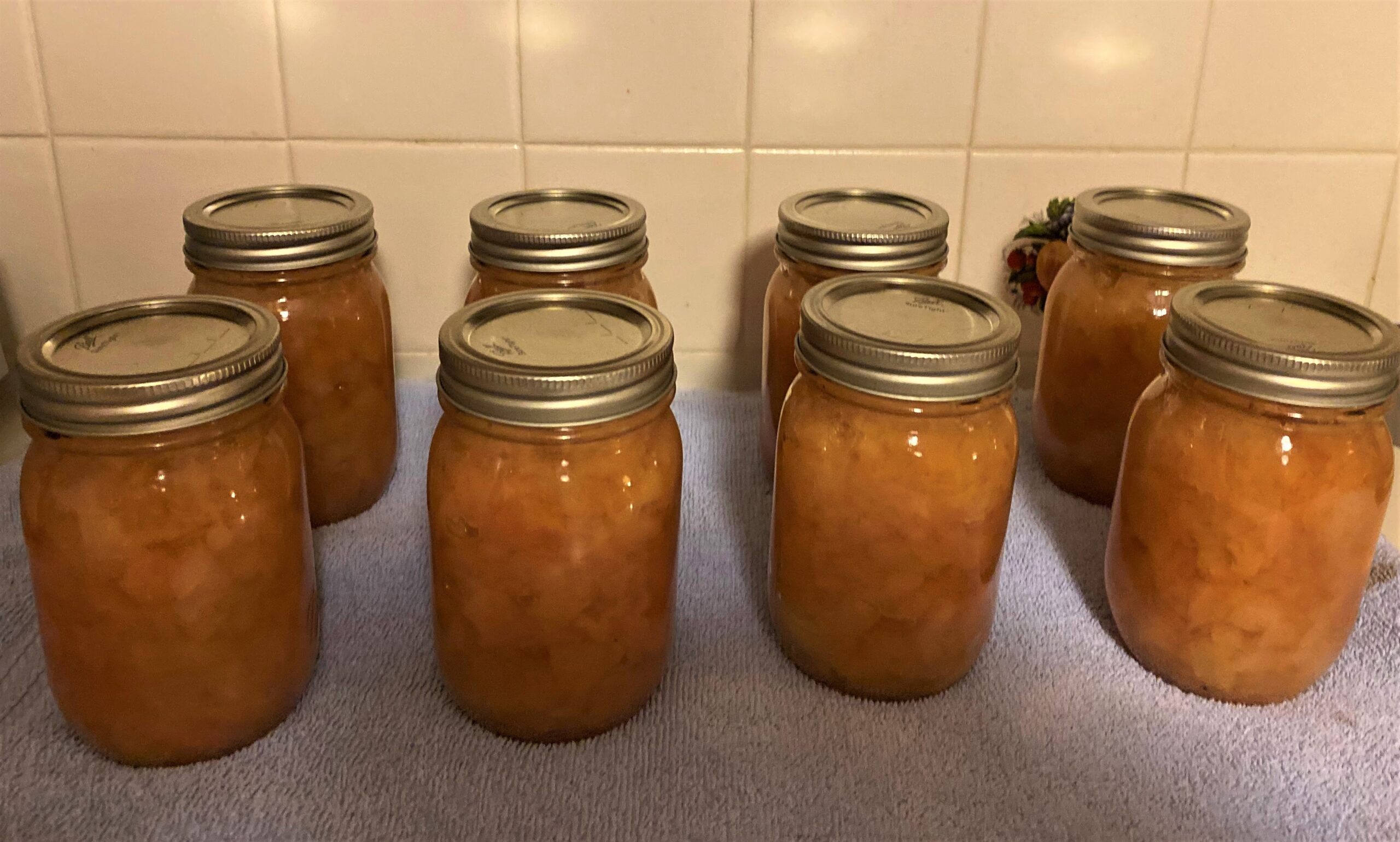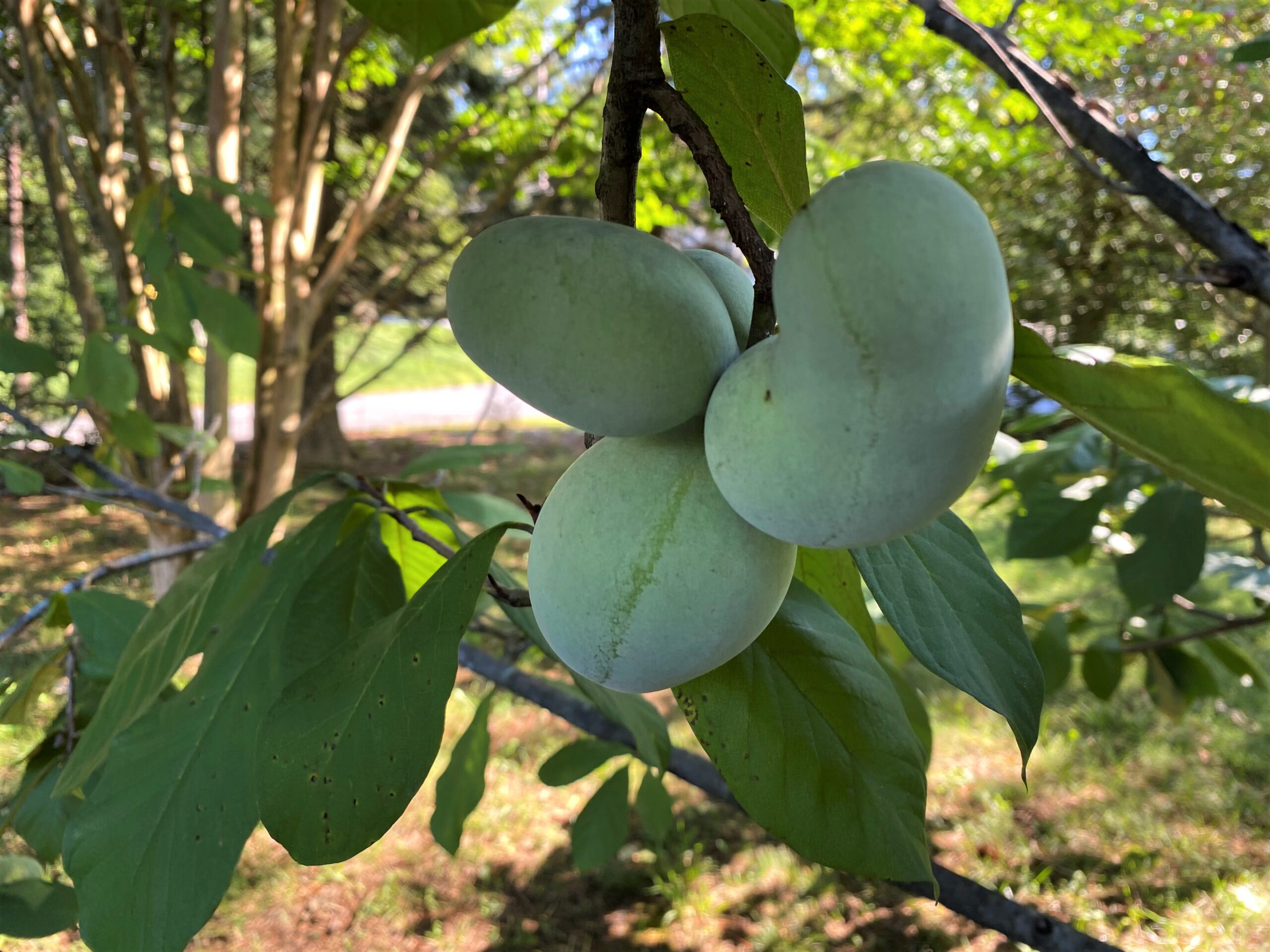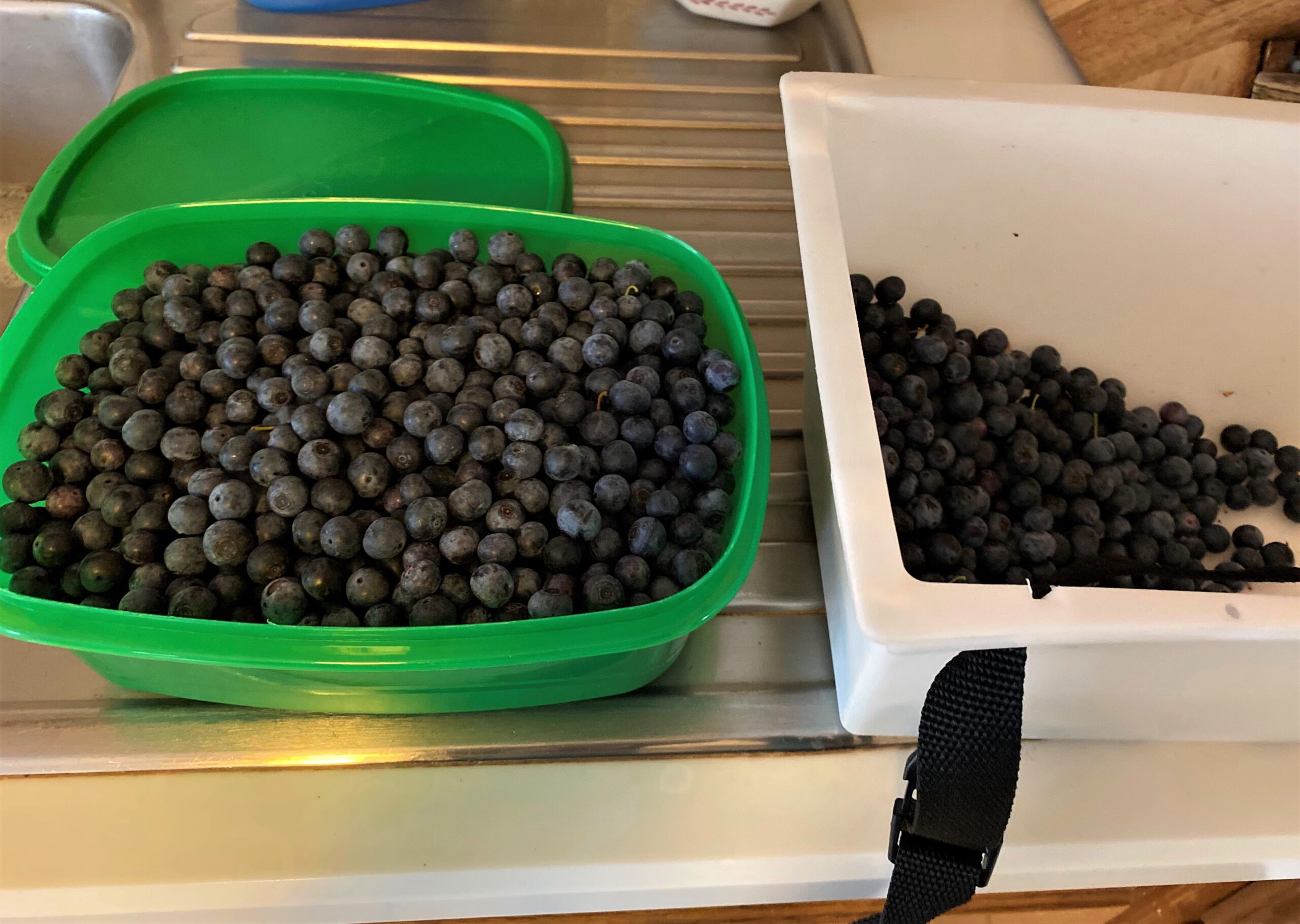Notes from the Community
Our community is full of incredible gardeners, from those who are just getting started to people who have been growing for years. Scroll through the below messages from people getting their hands dirty. We guarantee you’ll find some great inspiration and resources.
We’d also love you hear from YOU! Do you have a garden success story? Take a moment and tell us a little bit about your own garden here. We’re excited to learn and grow together!
From the Garden of Bess T.
Bess says:
‘My history with gardening, vegetable and otherwise, goes back generations, at least to my grandfather, who kept a farm in Sweetwater, New Jersey, into his retirement. He firmly believed that corn was best only moments after it was picked, and he was so dedicated to this belief that he would set a pot of water to boil on the stove and would only run out to pick the ears once it started to simmer.
My mother is much the same. She is a self-taught gardener and an artist, so her garden blazed with color when I was a child . The beds were always filled with flowers and visiting pollinators sipping nectar and collecting pollen. In July and August, we would pick fresh tomatoes and zucchini that she would make into ratatouille and fresh pasta sauce to freeze for the winter.
Here are the things I learned from my family of gardeners:
Plants make more plants. Never be afraid to try saving seeds. It might not work the first time you attempt it, but you’ll have lost nothing by trying. So next time you make sauce, set aside the seeds of your favorite tomatoes. You can learn some great tips and tricks here: Seed Saving, from Why to How.
Plant in color. Mix herbs, vegetables and flowering plants together. The more vibrant and diverse a garden, the healthier it usually is. Companion planting, or square foot gardening, is a great way to maximize what you can grow in one location – and the plants like it too. You can learn more about this type of gardening here: Growing More with Less
Never be afraid to try something new. Trust me, the plants won’t judge you. So if something inspires you, a new vegetable variety or a DIY project for the yard – go for it. Even if you don’t succeed, you’ll learn something.
Don’t let your space discourage you. Even a small space can fill your harvest basket and attract bees and butterflies. Learn more about container gardening here: The Movable Garden and about saving space with vertical gardening here: Nowhere to Go, But Up.
Know your resources. Look around to see where you can dig up (pun intended) some great information. For instance, did you know that Tyler Arboretum offers a free video series on growing vegetables? It’s true – you can find it here: Growing Vegetables.
From the garden of Courtney B.
Courtney says:
“Why do I grow my own fruit and vegetables? In short, berries are expensive, and I have a berry-addicted three-year-old.
The longer version, there is such a sense of accomplishment knowing that this is one less thing I have to buy at the store. I know the food I am feeding my family has been grown safely with no pesticides, and my toddler enjoys getting to pick (and immediately eat) all the things we have grown.
We are lucky to have a fairly large yard, so we use a mix of containers, raised beds, and straight into-the-ground gardening. We have blueberry and blackberry bushes and strawberries that come back yearly, and this year I tried my hand at starting peppers, peas, and corn from seed!
My tips to the new gardener: it is better to try something and fail than never attempt it at all. Growing your own food can be a lot more simple than we realize, and most garden troubleshooting is just a trip to the garden center or a Google search away.”
Looking for gardening resources? Visit our Lucille’s Garden Resource page for some great articles on starting seeds and harvesting – and everything in between. We also recommend checking out Penn State Extension for some great information about gardening in Pennsylvania.
From the garden of Jill P.
Jill says:
“I started growing fruits and veggies in 2020. My decision had nothing to do with the pandemic; it was a coincidence. I’ve been wanting to start this for years and finally took the plunge. I wanted to start, partially to prove to my husband and myself that I could. I also knew that it would help my mental health. I fell in love. In 2020, I had ten pots with veggies and herbs, and got two blueberry bushes in containers. In 2021, I got two garden towers that hold 30 plants each, in addition to some grow bags and some of the containers from my first year. I went too big too fast, got overwhelmed, and gave up for the season. This year, I have about the same as last year, but I spent more time preparing myself mentally.
The biggest piece of advice I have is to start small and take it slow to add on. I garden exclusively in containers because I’m in a townhouse with an HOA that doesn’t allow anything else. My dream is to have an in-ground or raised bed garden someday.”
Curious about grow bags? They are a cloth solution to the classic plastic planter. And with a wide range of sizes, they can be an inexpensive solution for a gardener short on growing space. You can learn more about them here. Disclaimer – this is not a Tyler- affiliated link, and we’ve never used cloth grow bags in Lucille’s Garden. Reach out to us if you’ve used them; we’d love to hear your thoughts!
From the garden of Sally F.
Sally says:
“My mom had a garden when I was little, and I have such a clear memory of eating spinach right out of the ground in the summer sunshine, and I’ve always wanted to recreate that, especially for my kids.
As an adult, I was working for the department of agriculture and extremely frustrated with the job and dreaming of a different life. I heard of a workshop called “Getting off the Treadmill” about changing my life — creating a fulfilling life.
Eventually, I quit my job and went to cooking school! But before I did, I went crazy scavenging things for the garden and made a little cold frame from a window and a green bean planter on a kid’s scooter with a five-gallon bucket. (I didn’t have much sun in my yard and had to move them around to get more light! I remember digging my first tiny potato harvest! So satisfying! I moved A LOT in that time and always had a little pot of chives that came with me. When I bought a house, I tried my hand at tomatoes on the porch.
When my five-year-old asks why I love plants so much, I tell her that they are quiet and beautiful and respond to my care; it’s a really soothing therapy after caring for kids. It’s a mostly predictable cycle of input and output when so many other things in life don’t work that way.
As for frugal gardening …
This year is the most money I’ve ever spent on a garden. I bought blocks for making a raised bed, I ordered soil and I bought a bale of straw. After years of scavenging and using what I had, I wanted to put a little money into my garden. But I say start somewhere, do what works for you and try everything. The seeds won’t grow in the envelope. And especially ask for help. I started gardening before the time of Facebook and garden groups, and I can definitely say when you find a community, you can find soil, seeds, plants, tools and so much willing available help.”
Looking for resources to help you find and share what you need with your community? Check Facebook to see if your community has a local Buy Nothing chapter. These are great groups where community members can share items they no longer need with their neighbors. You can also visit your local second-hand stores for garden essentials, and as always, your local library is a great place to find information about gardening and so much more.
From the garden of Lynn L.
Lynn says:
“I got started in vegetable gardening because of my volunteer experience at Tyler which gave me more confidence and knowledge to start my own garden. In addition, I wanted to have very fresh and thus very healthy produce. I wanted to get a gardeners view of what is happening to the earth firsthand given climate change. I wanted to feel more deeply connected to the earth and being in nature has always brought me great peace and clarity when my mind is full or spinning.
I would recommend growing an organic garden, try heirlooms, planting several varieties for both a great chance of success and increasing the delight of our palette. I would recommend mulching and first and foremost invest in having good soil in your garden, without it, everything else is harder and less satisfying.”
Want to learn through volunteering? Check out our Get Involved page to discover more about the Tyler Volunteer program. Becoming a volunteer at a public garden is a great way to get your hands dirty and meet a community of gardeners!
From the garden of Debra P.
Debra says:
“My gardening adventure started when I was a child. My parents always had a vegetable garden and preserved what they grew. When I became a homeowner in Media, PA, my husband was going back to school for his Master’s degree and I was working full time. We decided to save money by growing many of our own vegetables. We had potatoes, squash, beans, peppers, eggplants, corn, asparagus and tomatoes. We sold our excess to a co-op in Media.
We no longer need to worry about every penny we spend, but I continue to grow a garden because nothing tastes as good as a home-grown tomato and fresh corn and asparagus. We have expanded to growing blueberries, papaws, apple trees, fig trees, blackberries and herbs. Growing fresh parsley that you can pick whenever you need it is so convenient. I love chives in my omelets and sage in my potatoes. I start my own tomato plants from seeds, which is much more economical. I can purchase a pack of seeds that will grow 15 to 20 tomato plants for the price of one grown plant. I use a seed warming mat and a grow light, which helps them get off to a good start. I dry my oregano, sage and thyme and make frozen pesto out of my basil. The pesto freezes well in an ice cube tray and don’t add the cheese until you use it in a dish. Whenever I have left over salmon, I add pesto to pasta, a few vegetables and the salmon and it makes another tasty meal.
When ordering seeds from a catalog, look for open pollinated varieties. Those are plants which will come back true to the parent and you can save your own seeds instead of buying them for the next year.
I hope you learn to enjoy gardening as much as I do. It is fun to watch a tiny seed become a huge indeterminate tomato plant. Gardening is rewarding and provides your family with nutritious food.
Wondering about starting seeds? Check out this great article by Lynn Lampman “Planting Seeds as an Act of Hope”. We’re also big fans of Johnny’s Seeds, and Burpee for vegetables. For native plants and restoration, Ernst Seeds is an excellent resource, as is the PA Native Plant Society. Is an entire packet of seeds to much for your garden project? Find a group of gardeners to share seeds!


